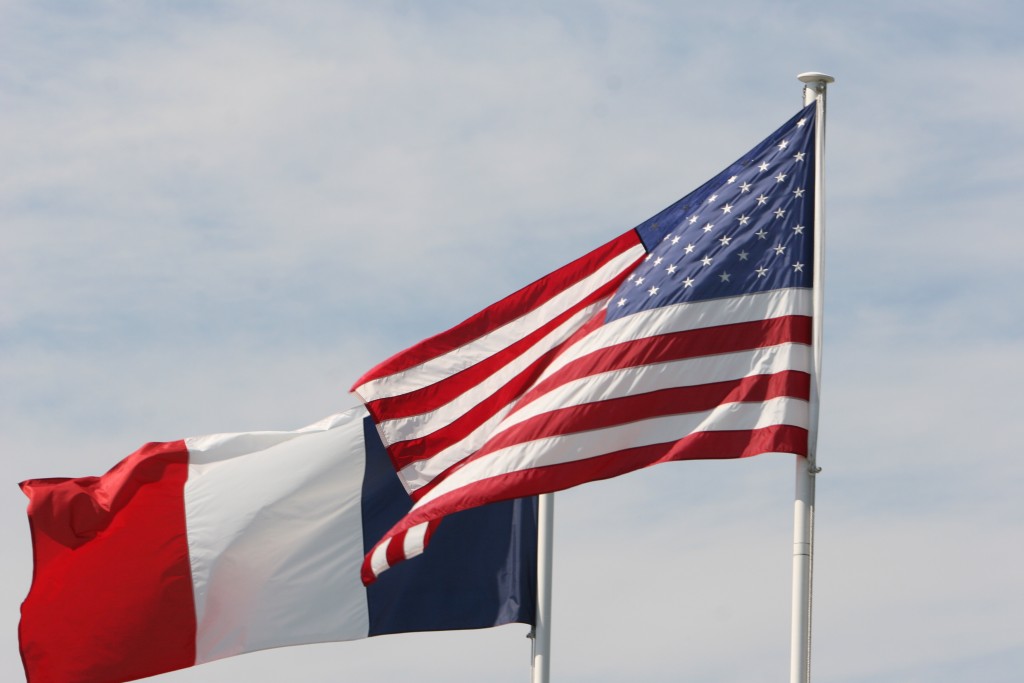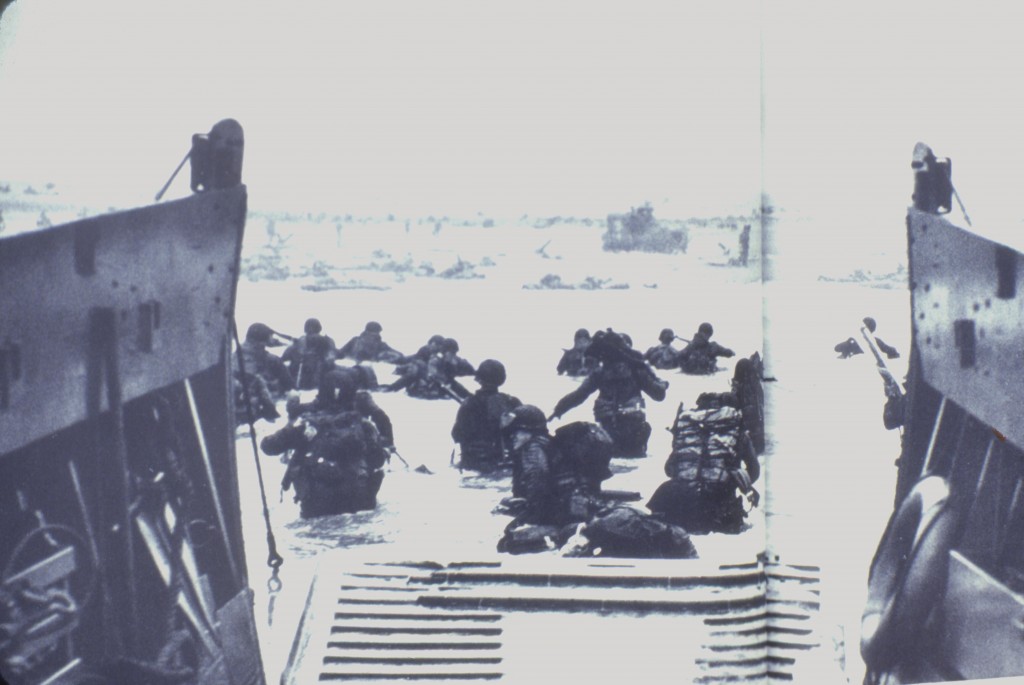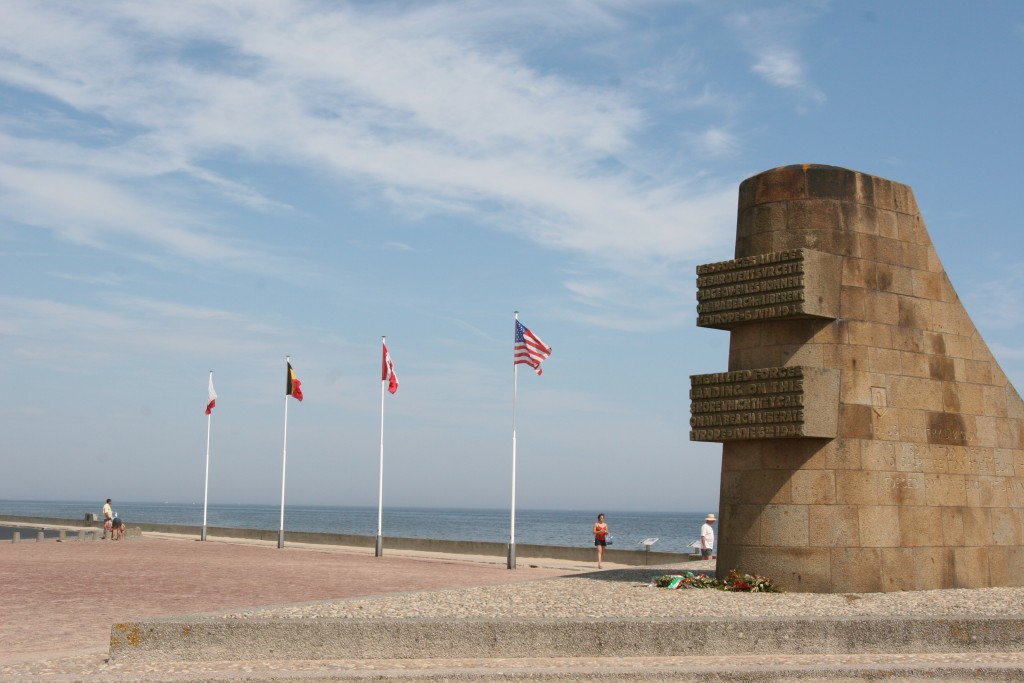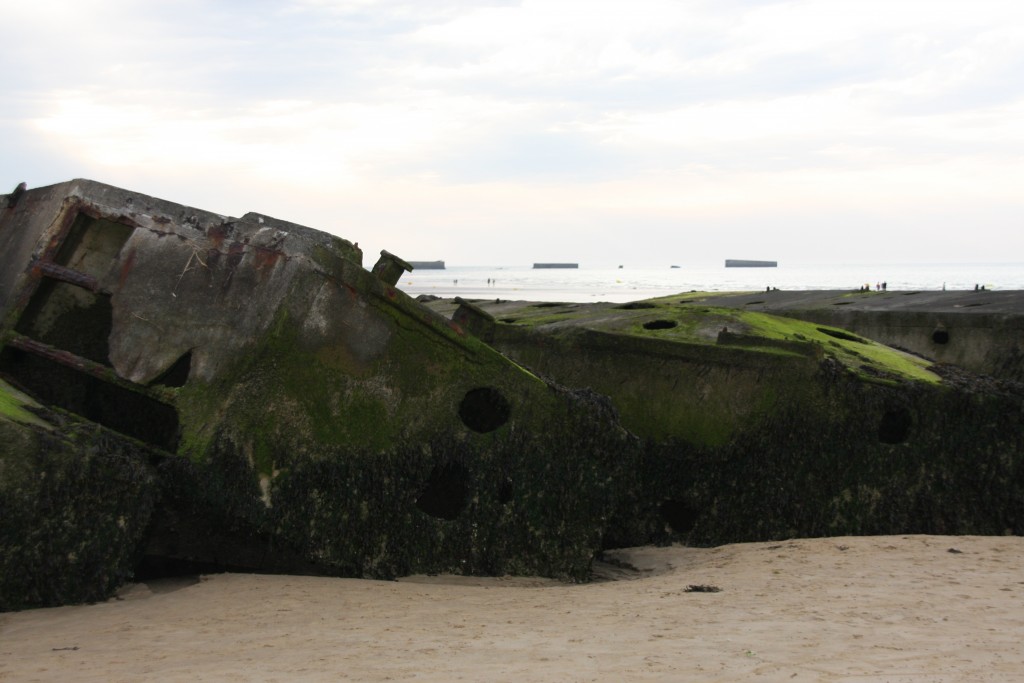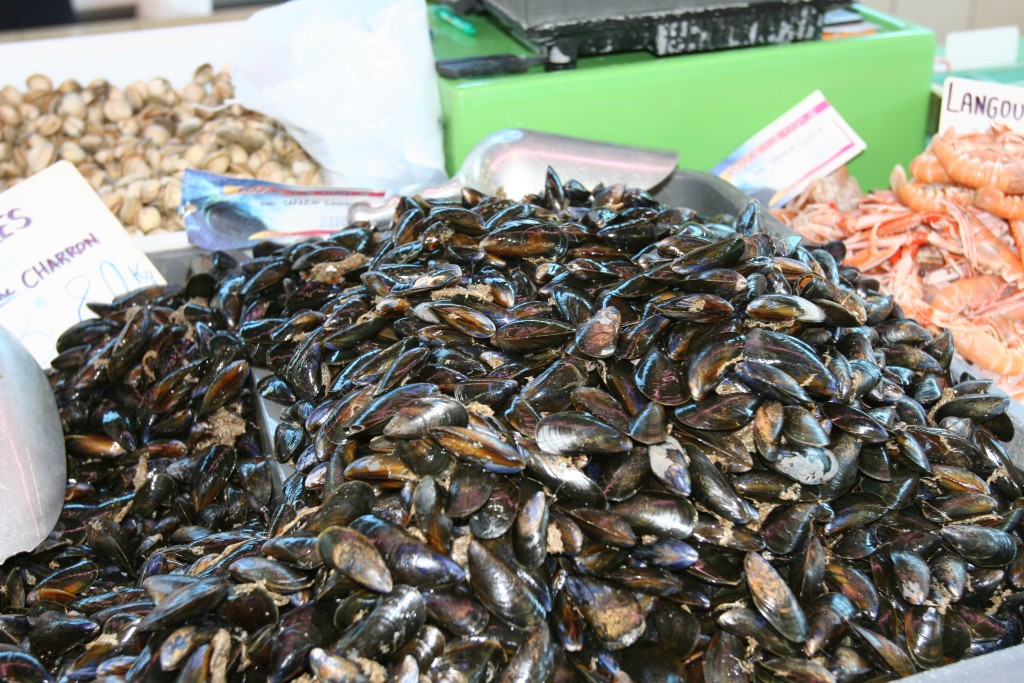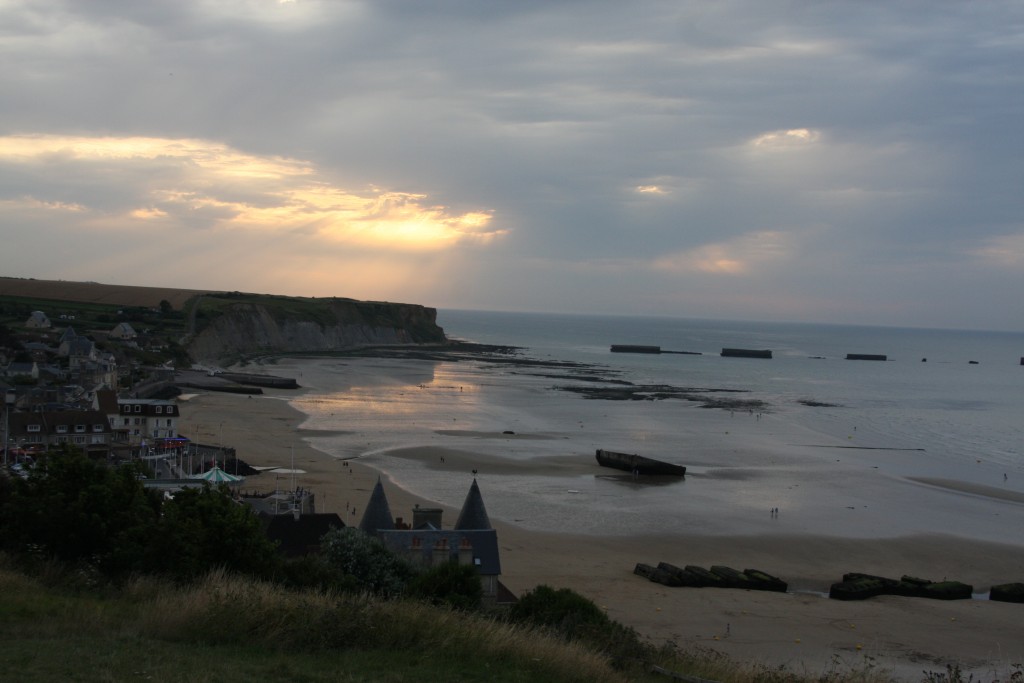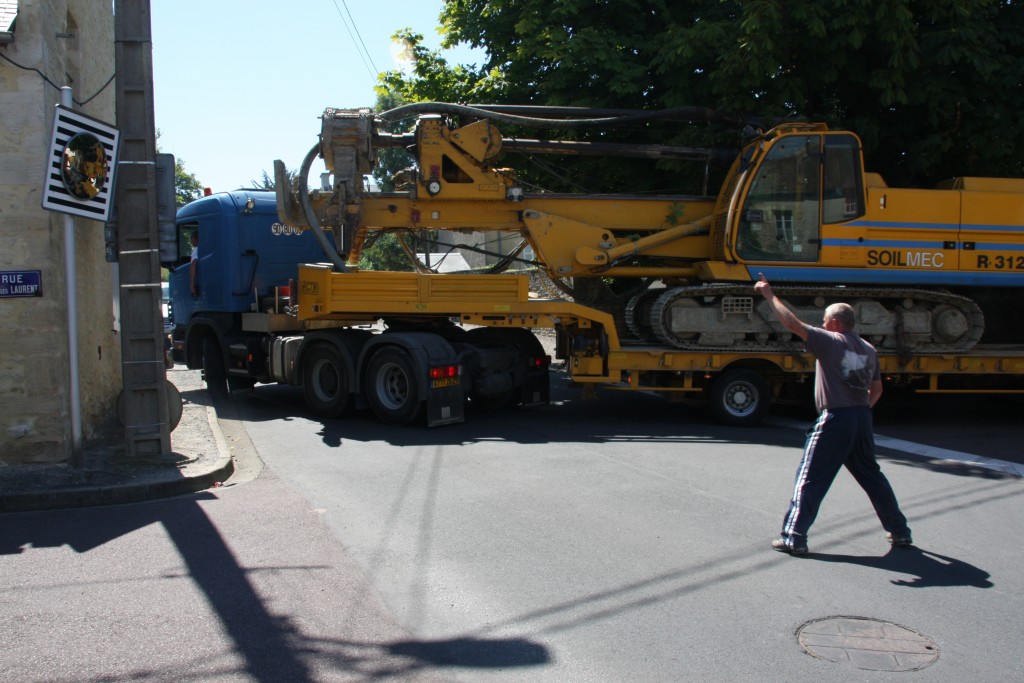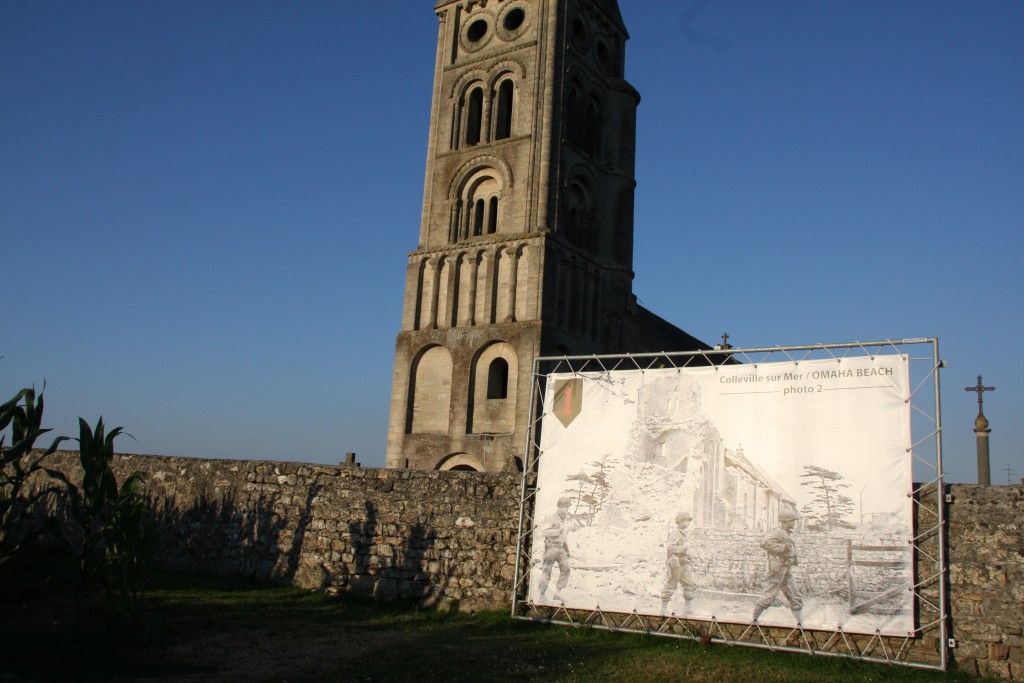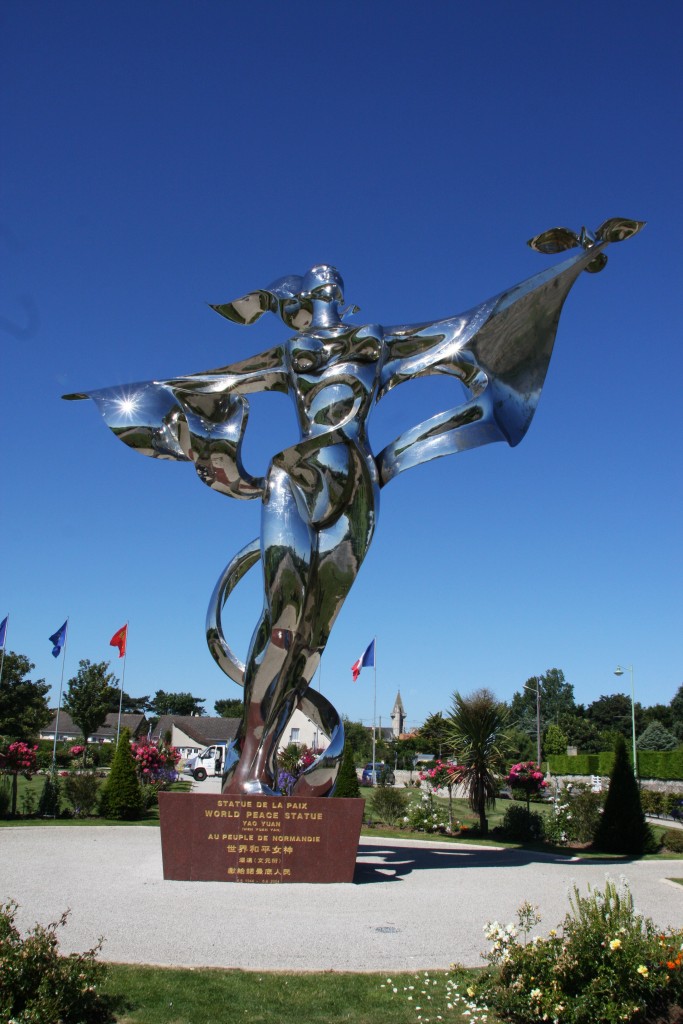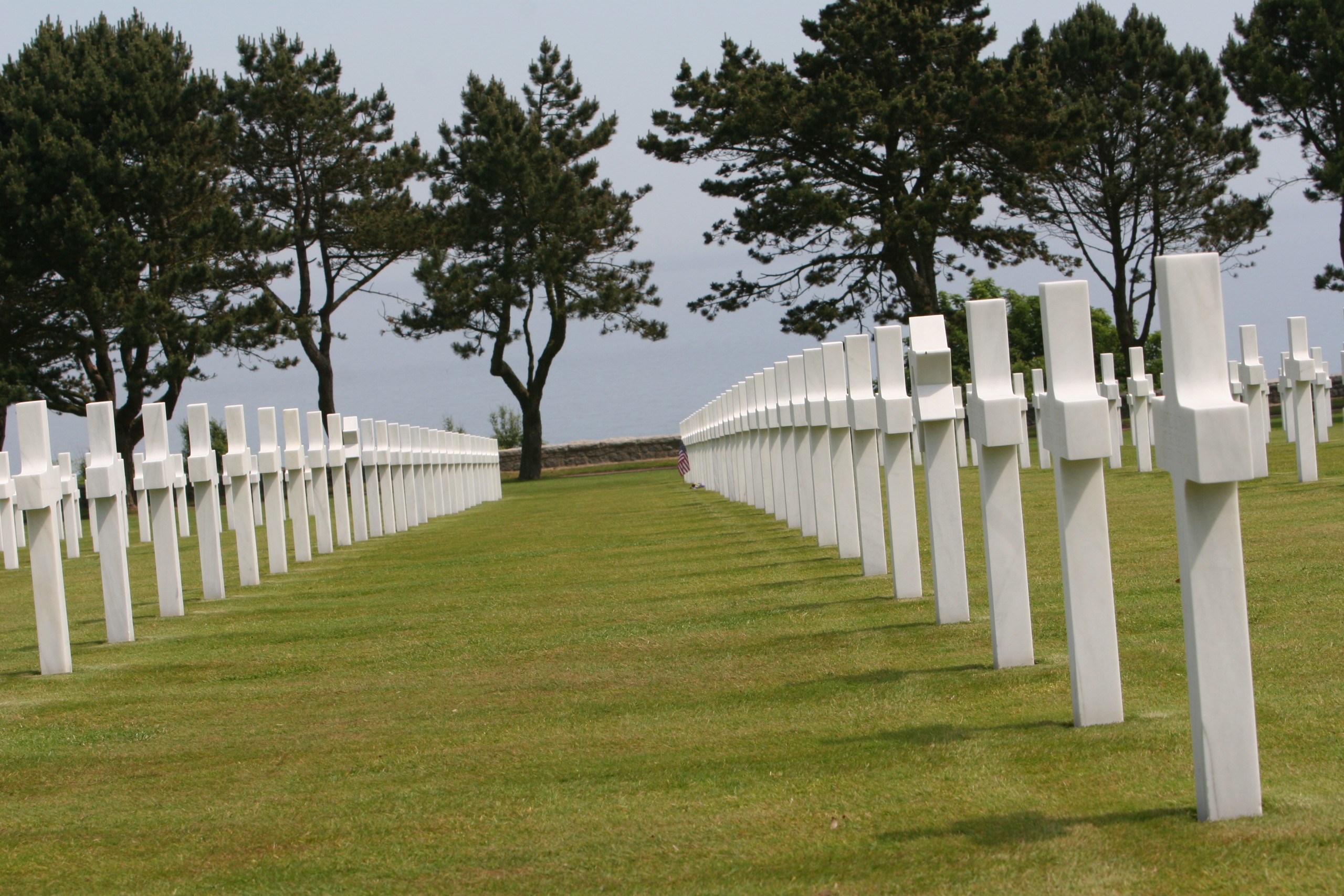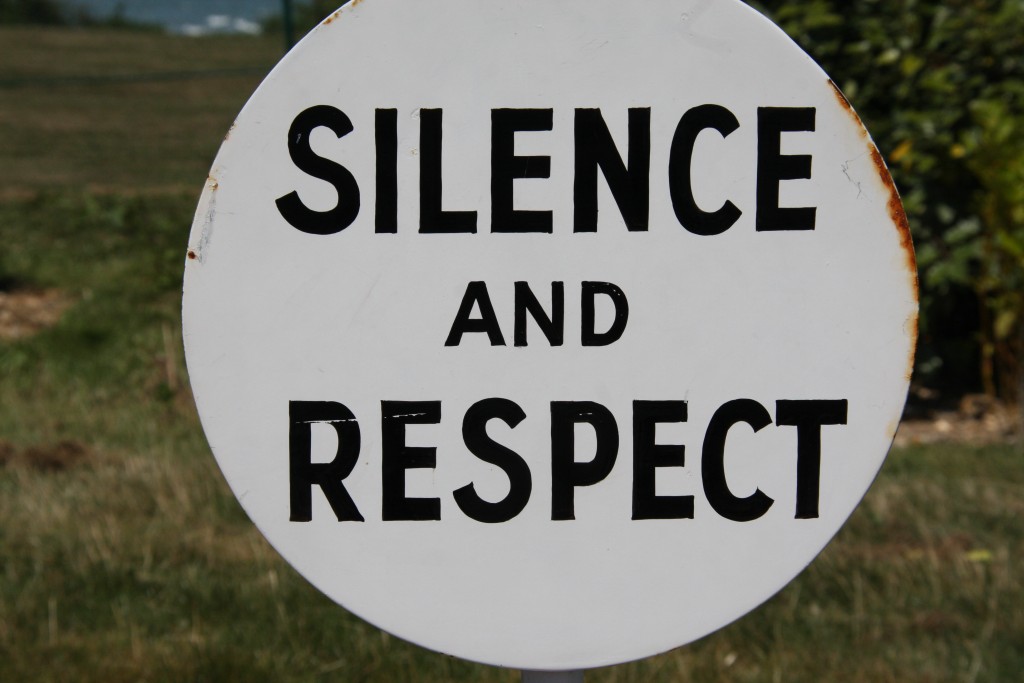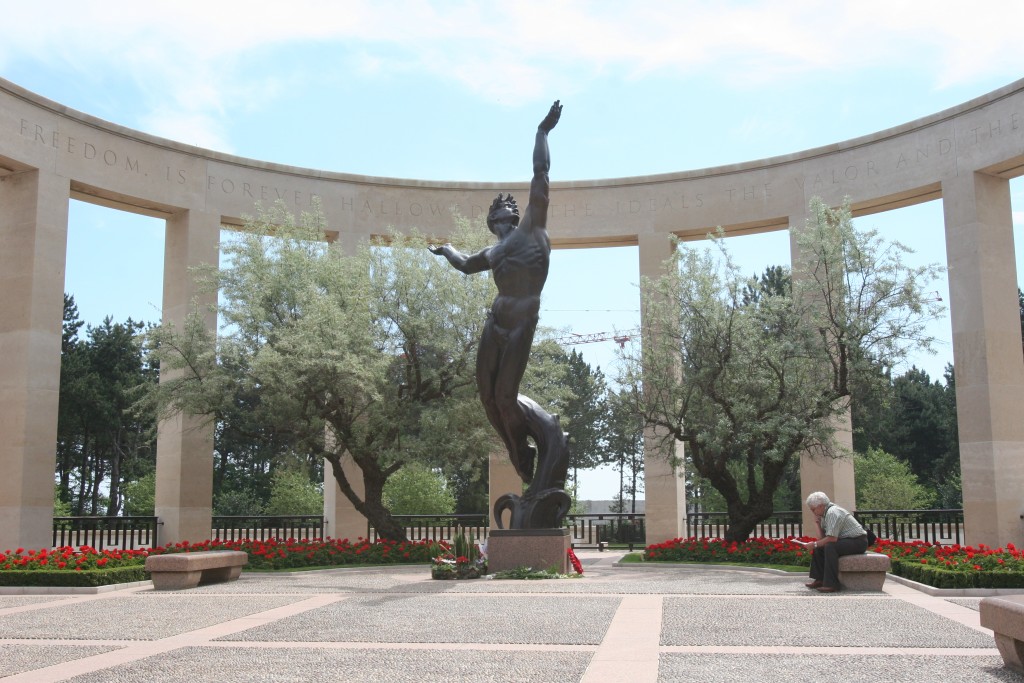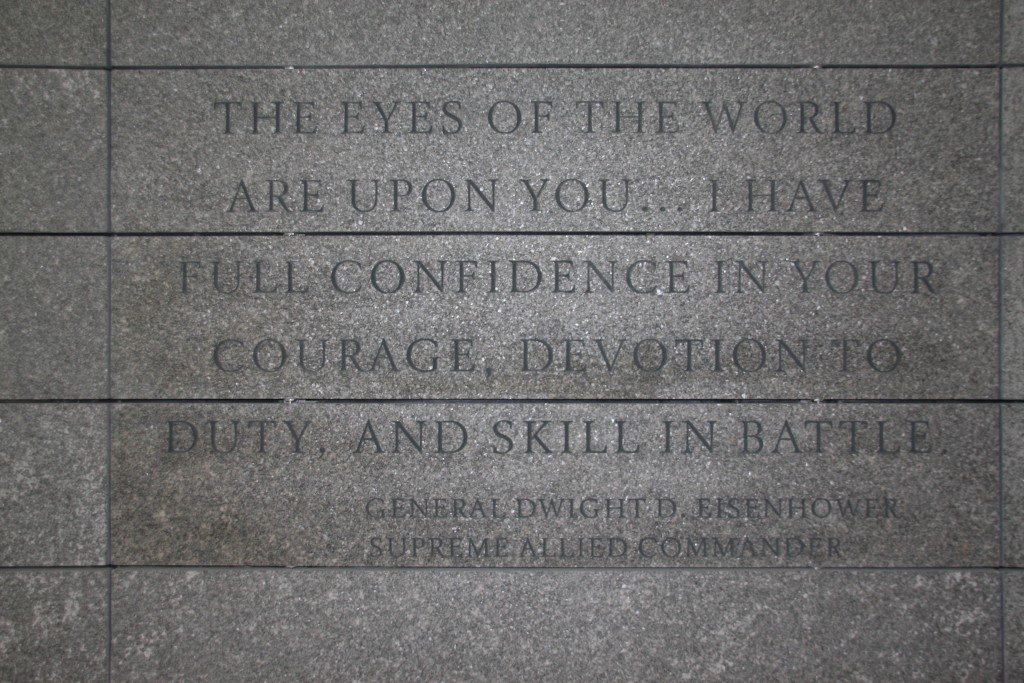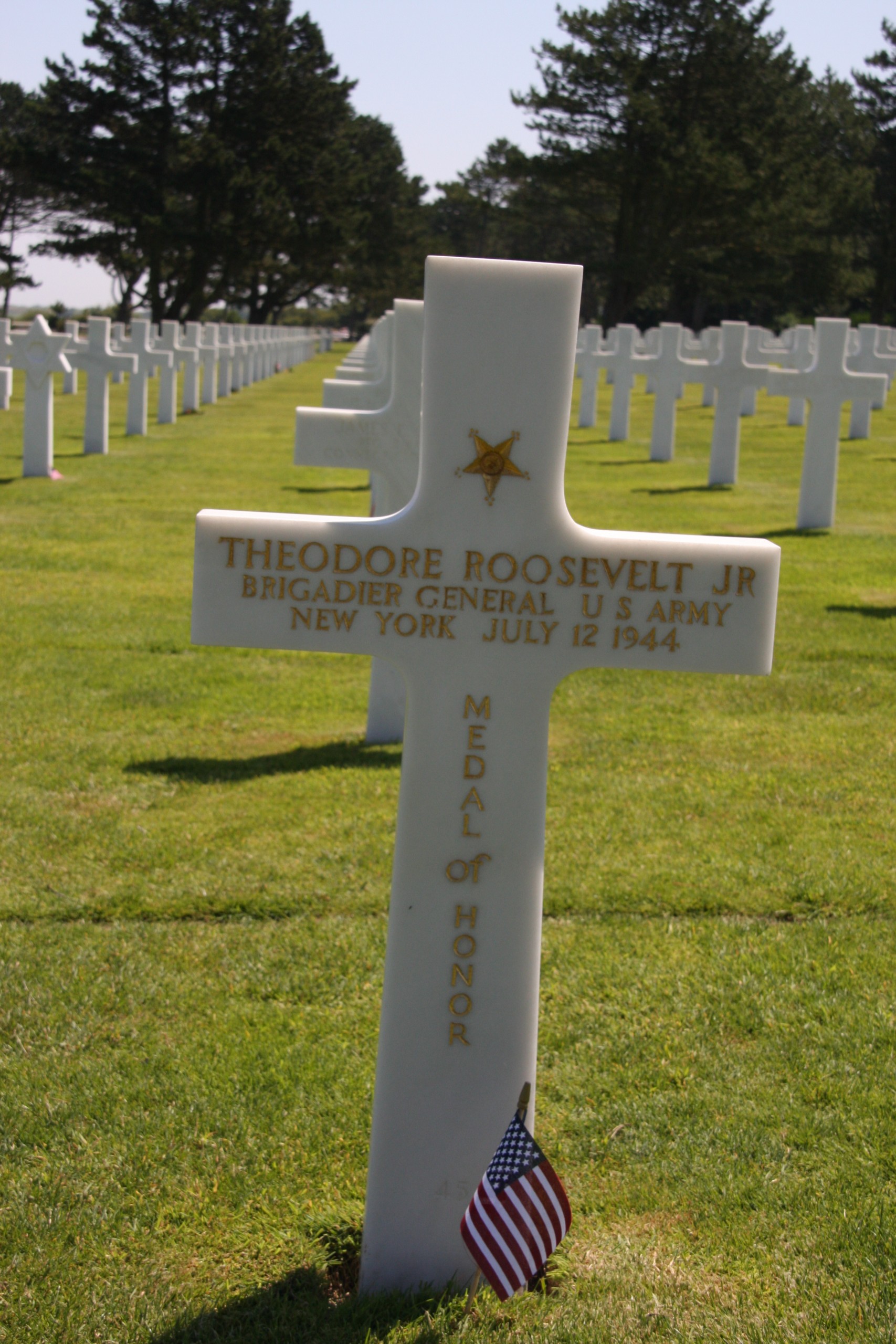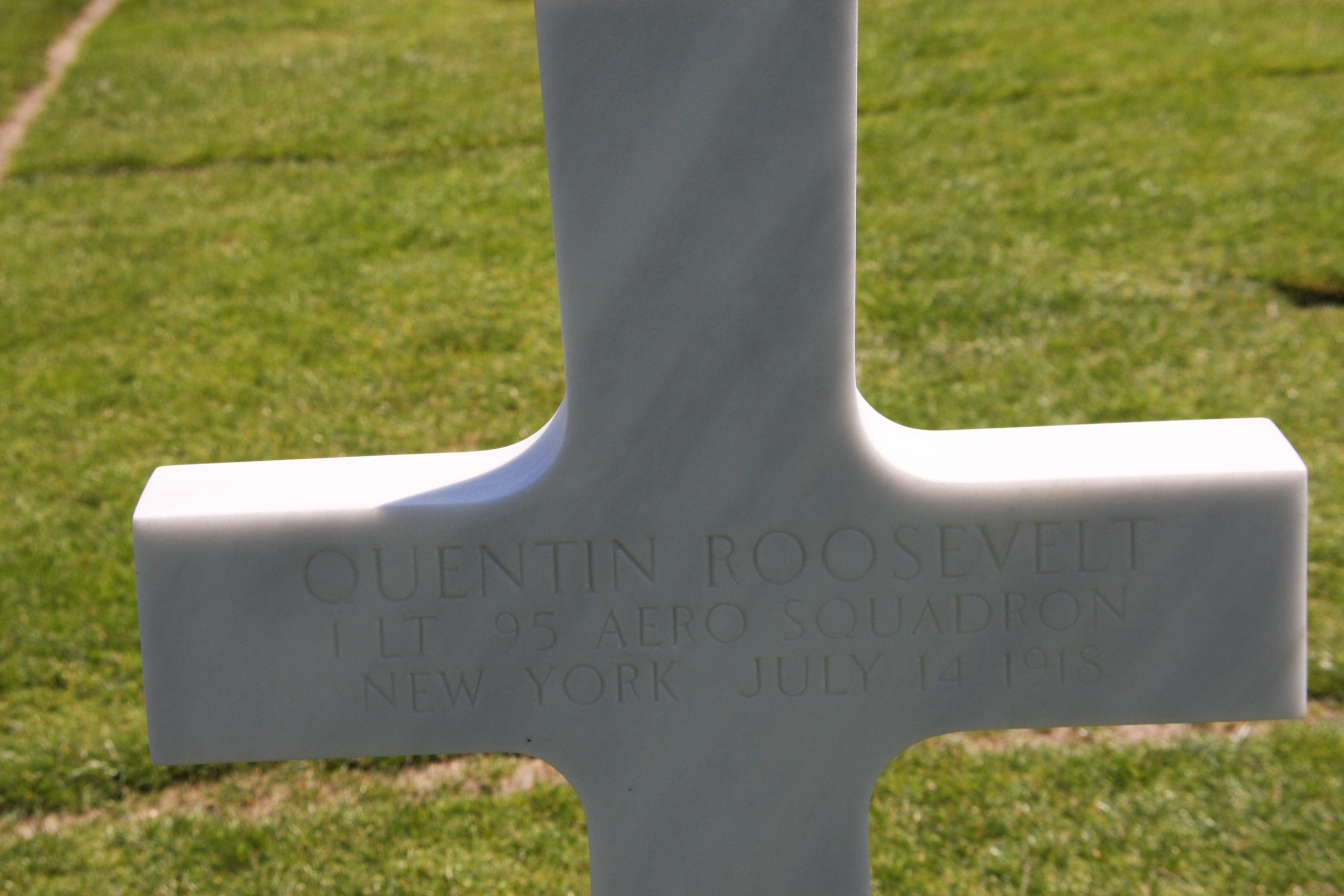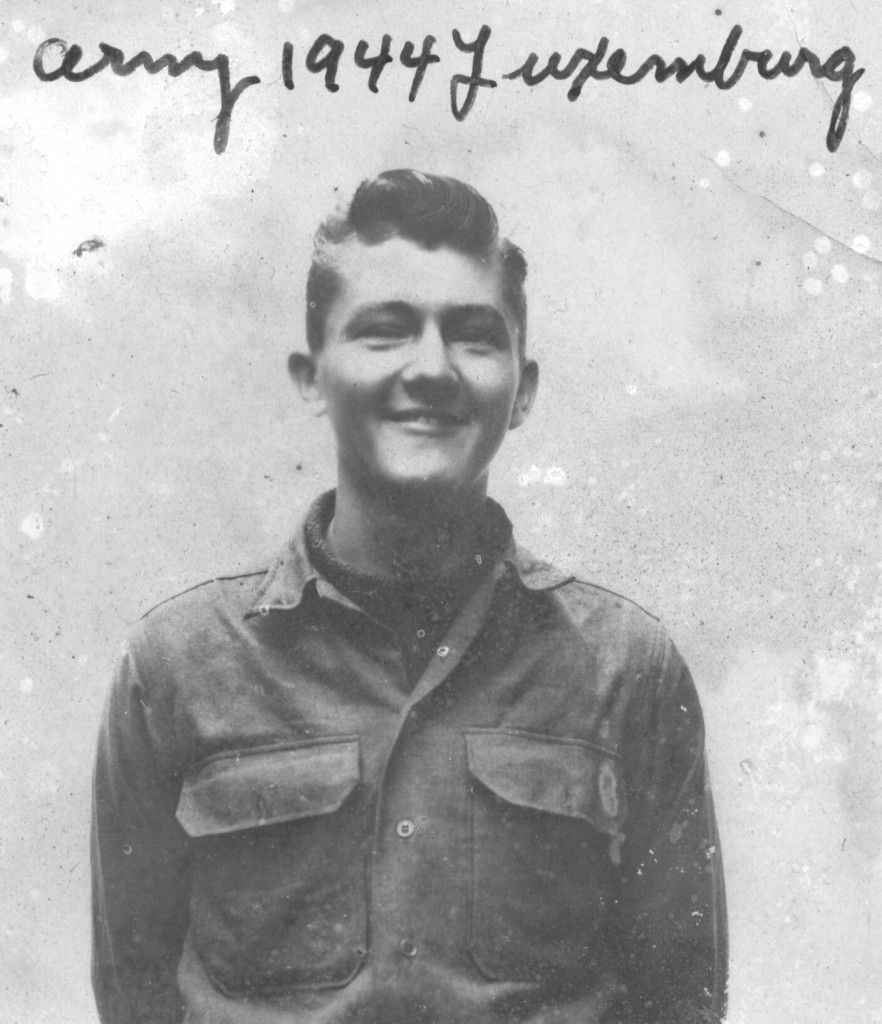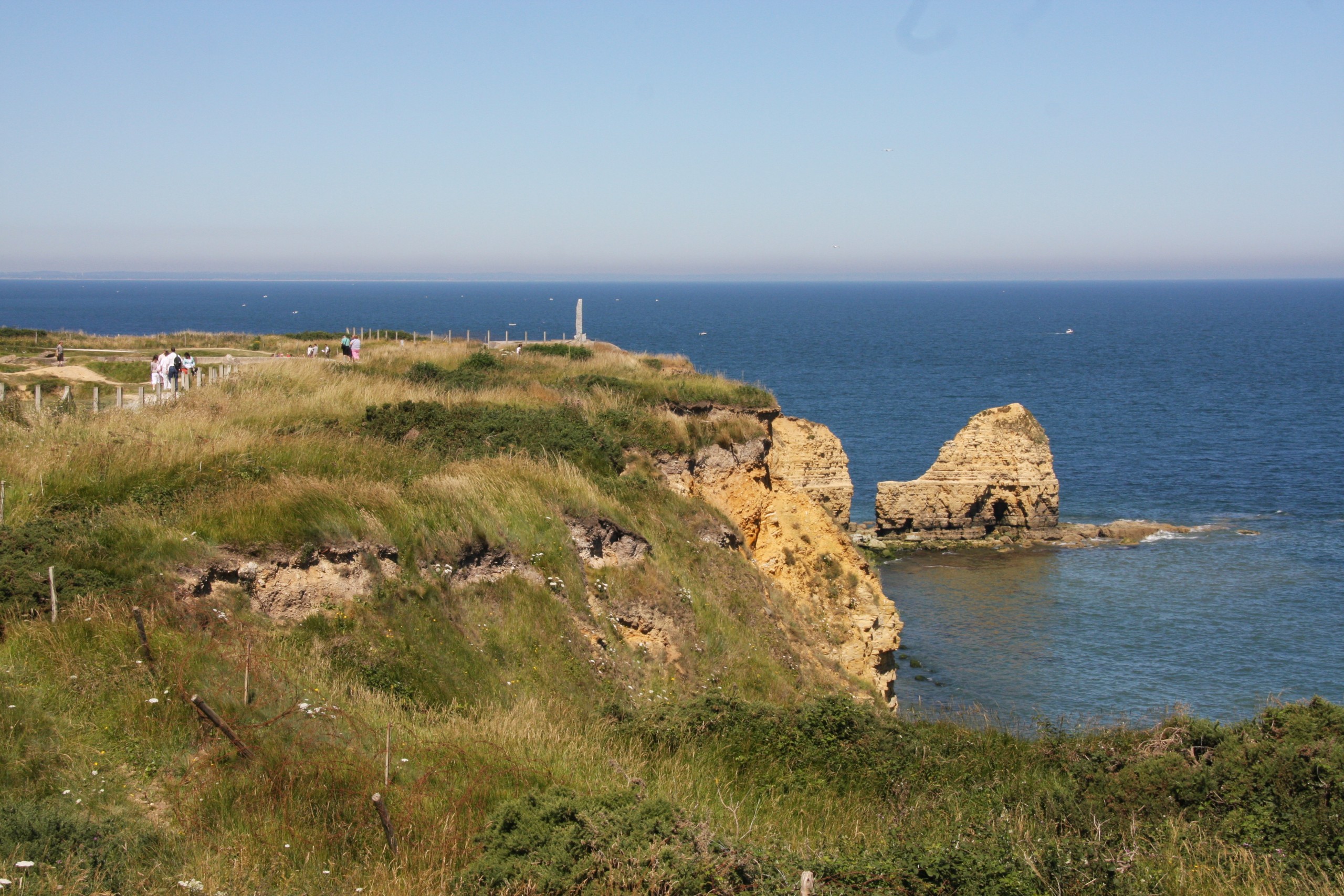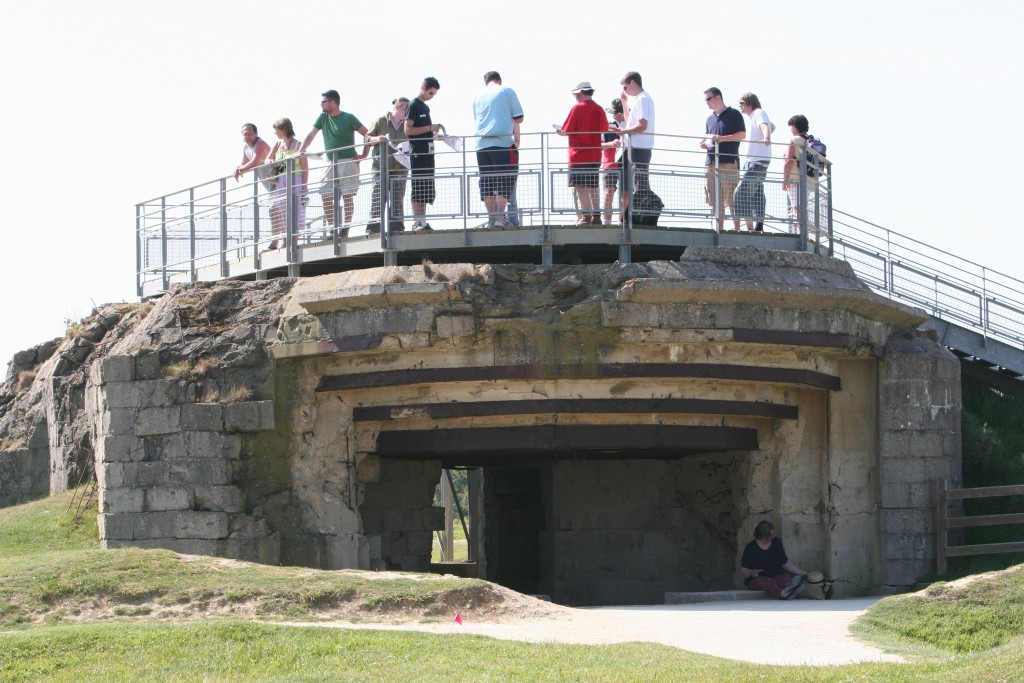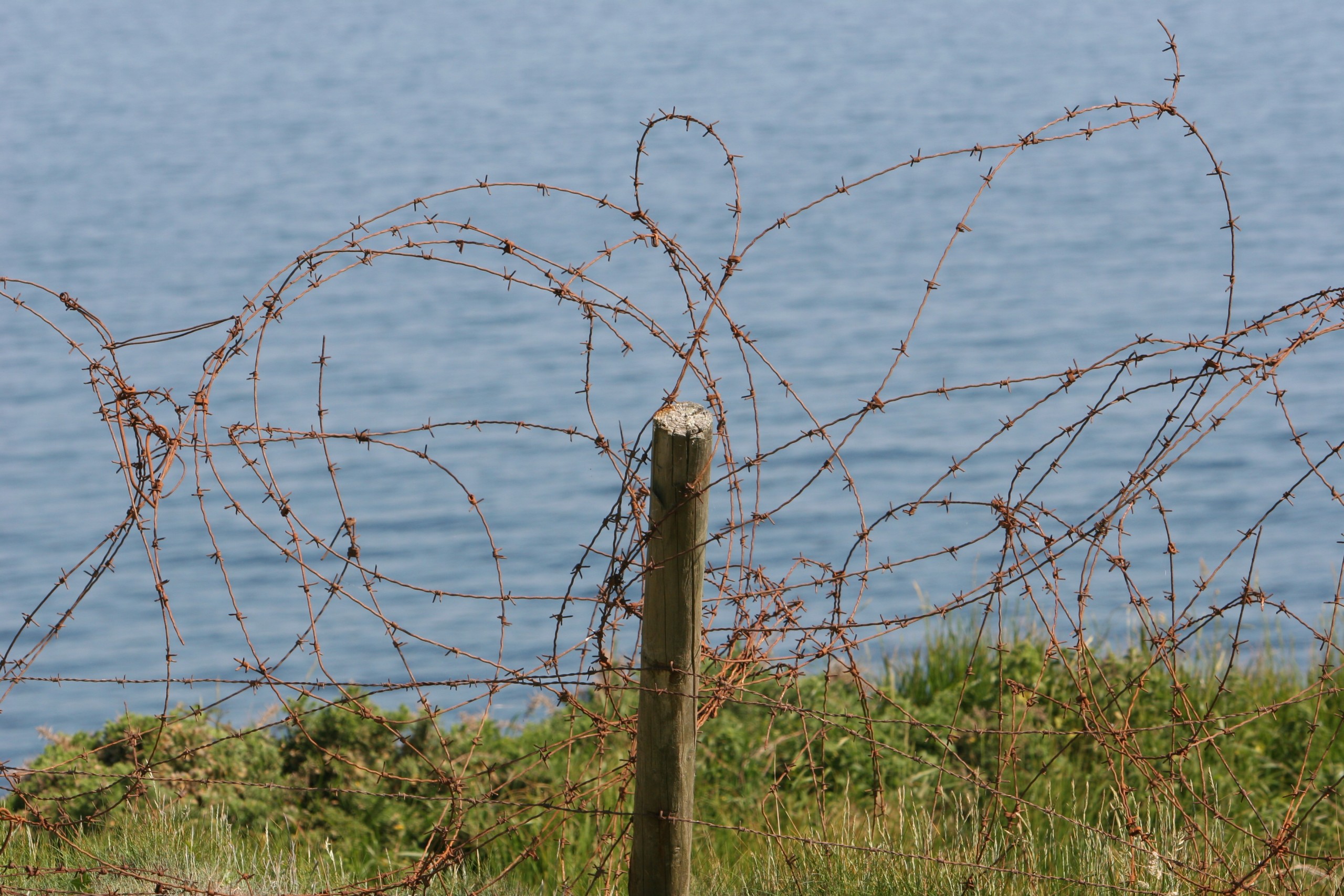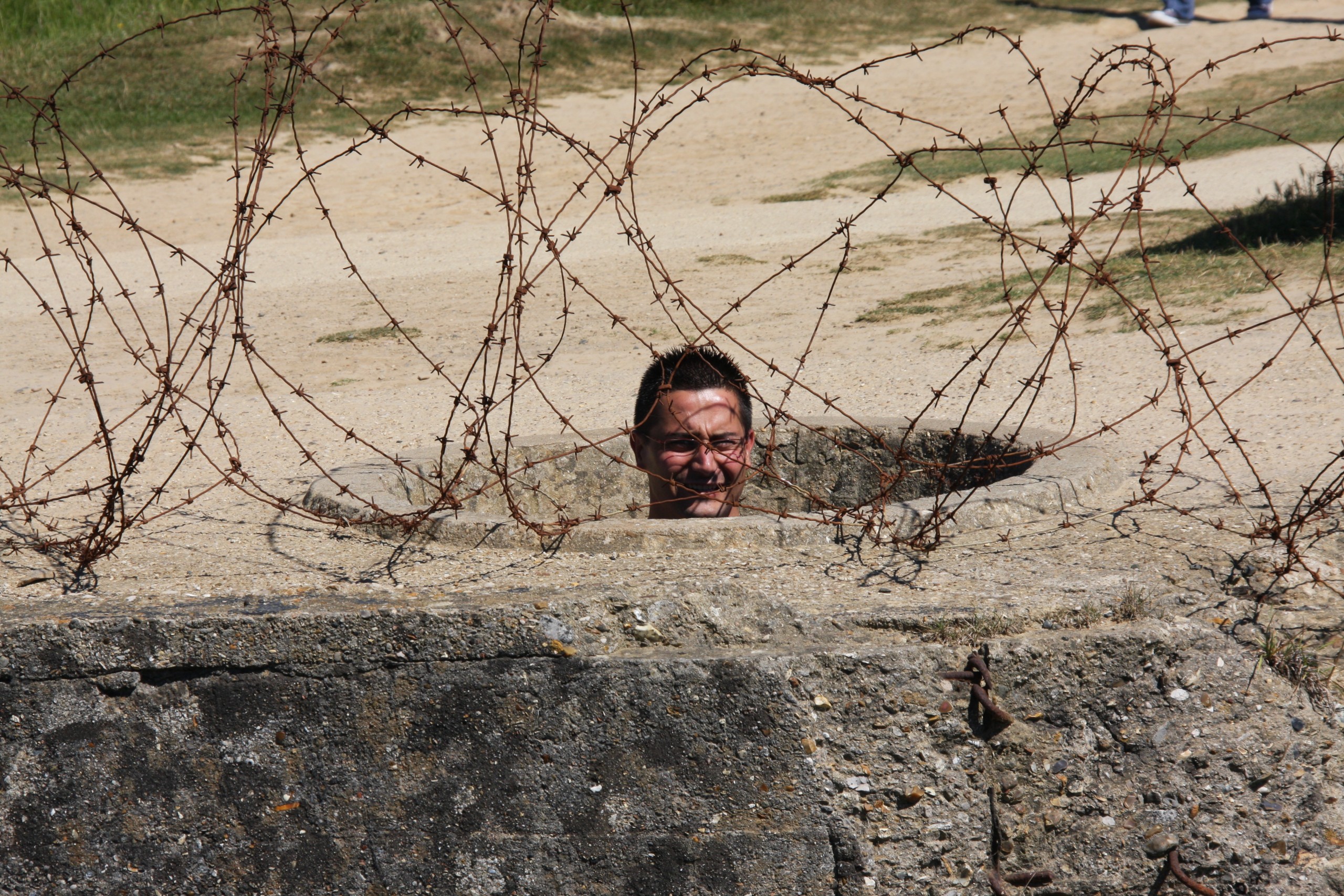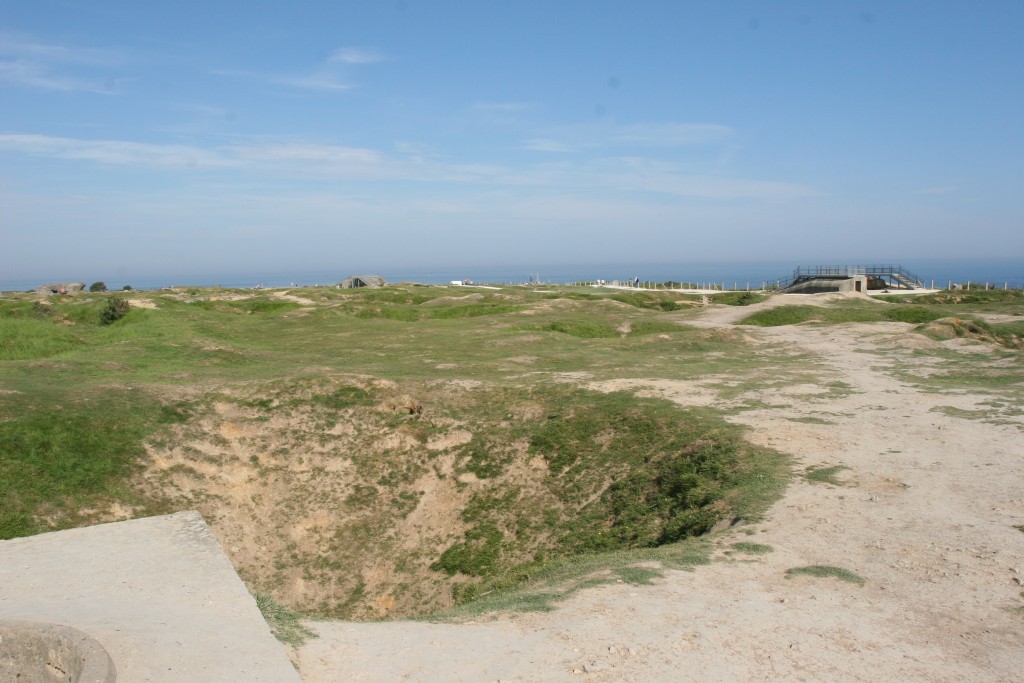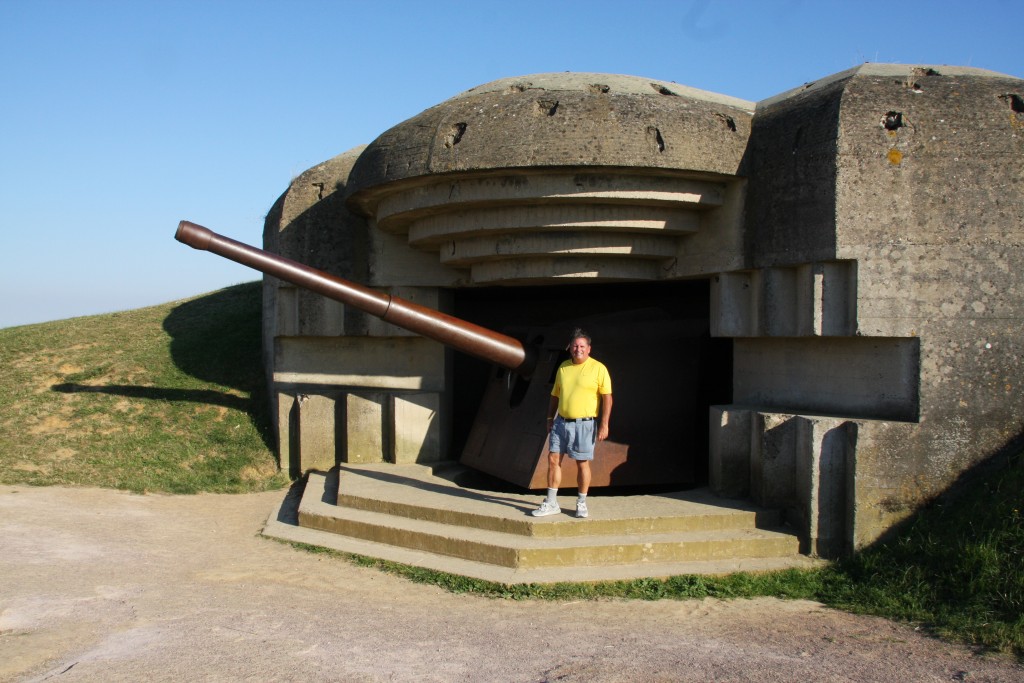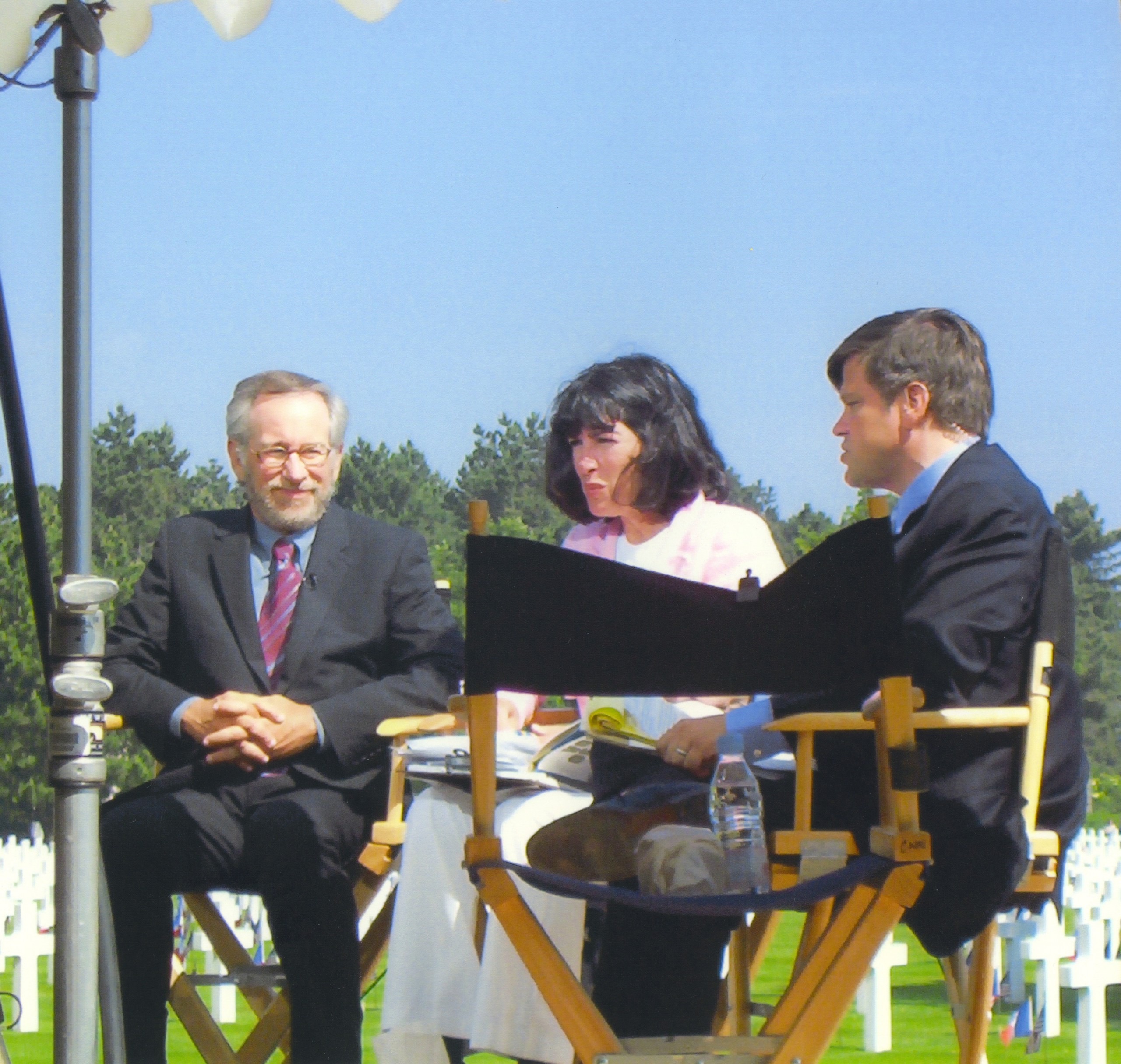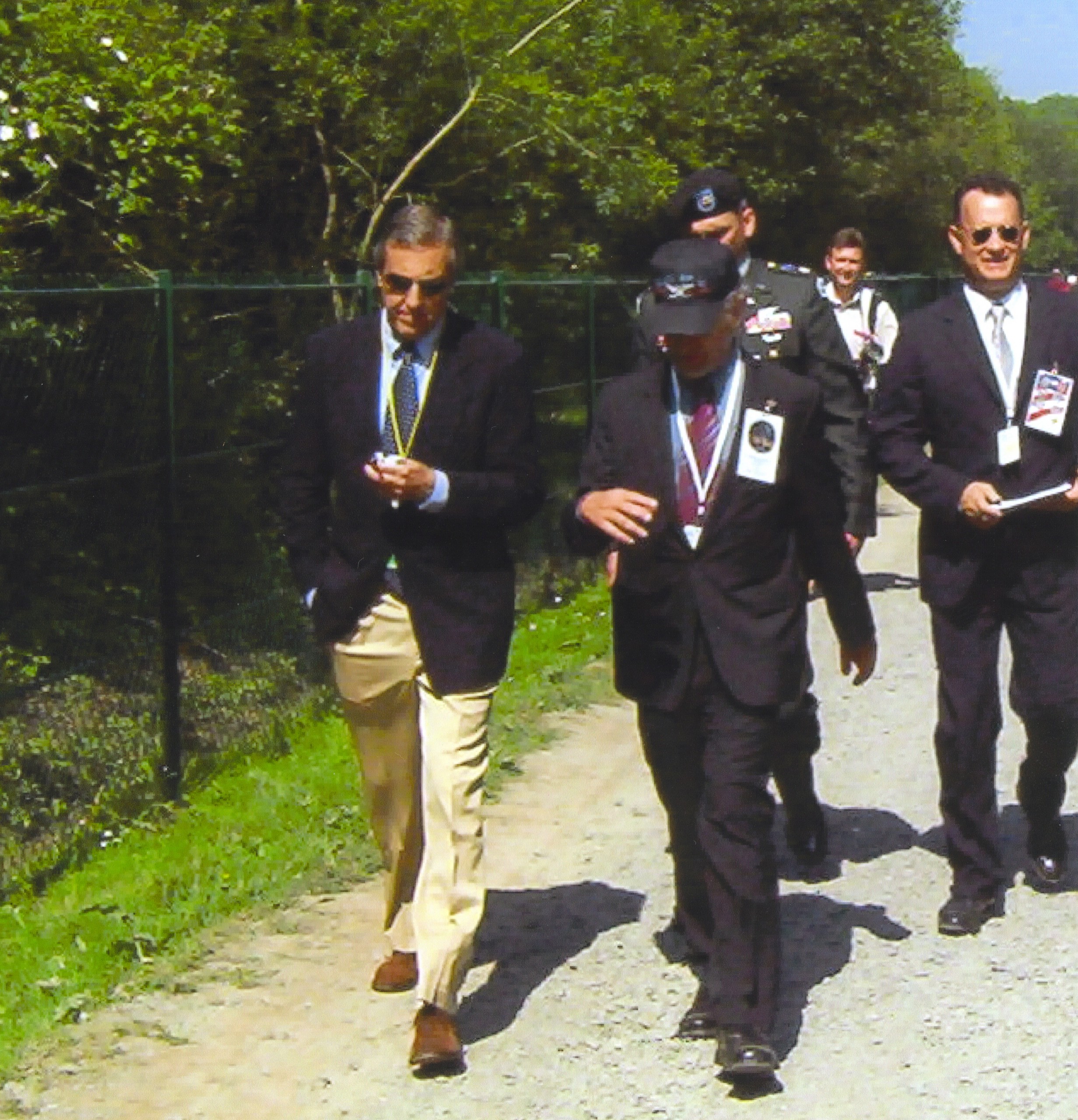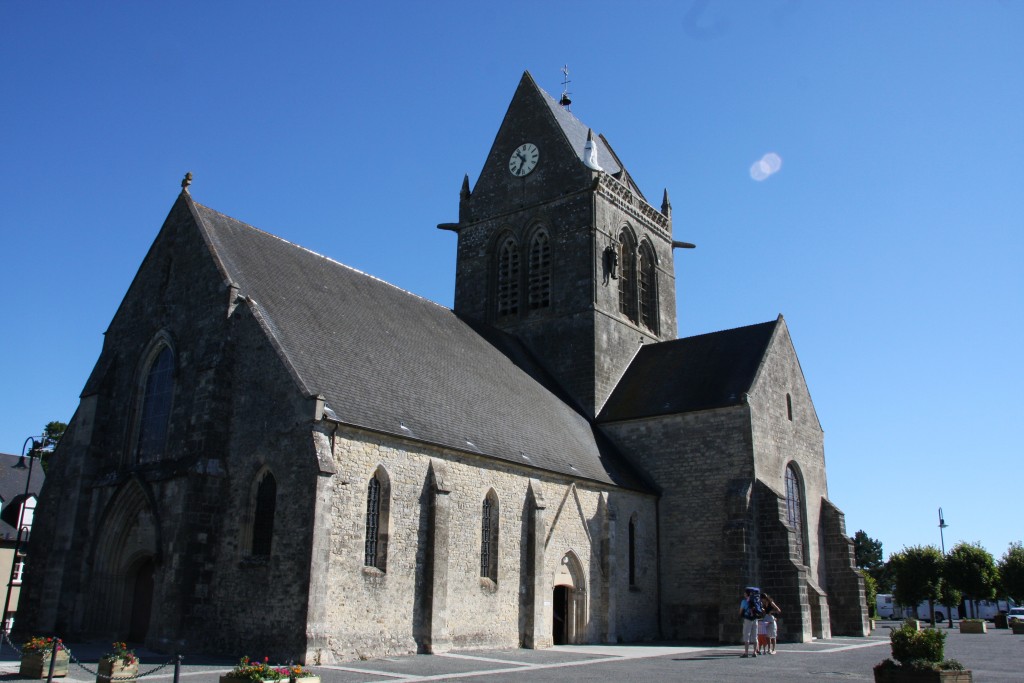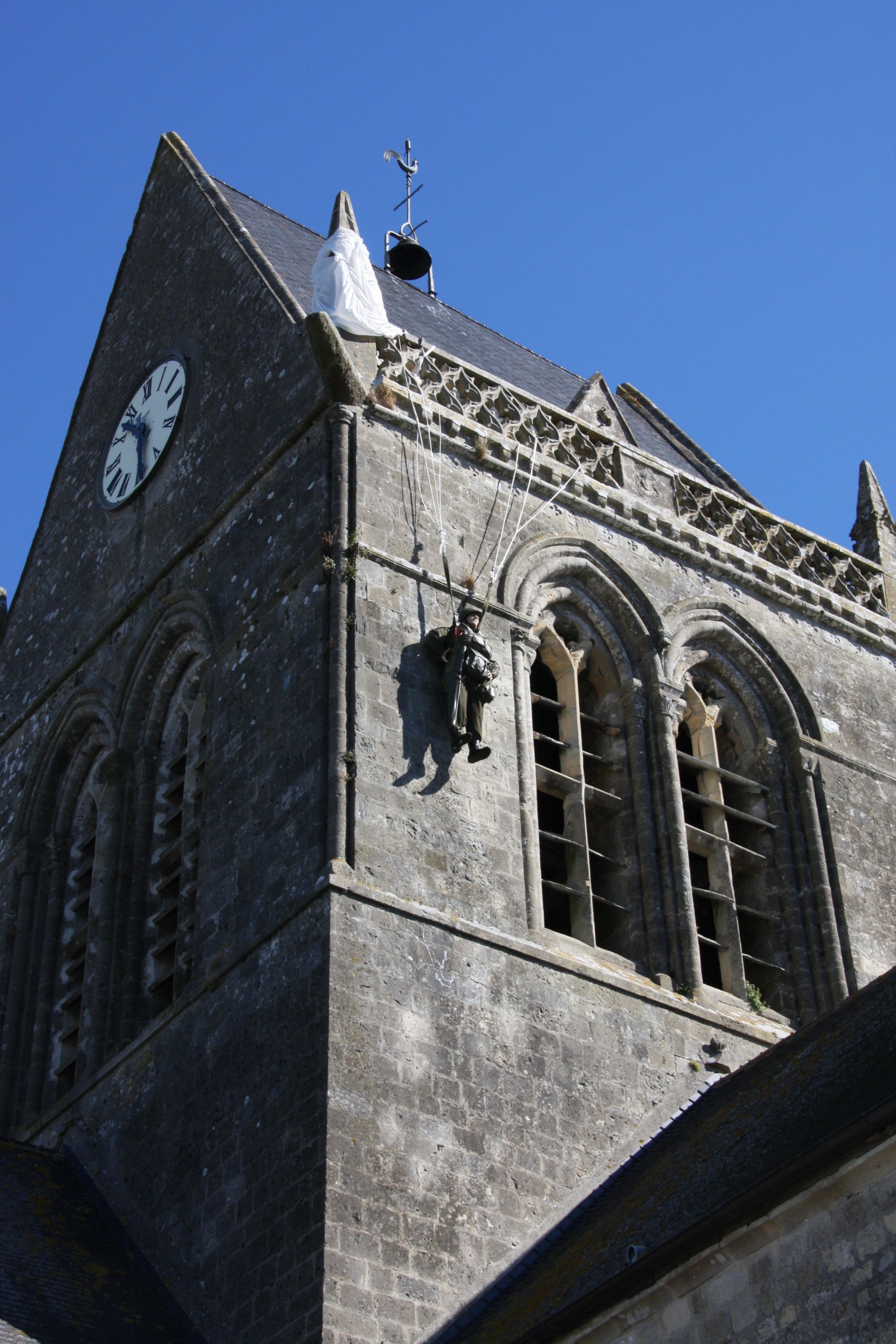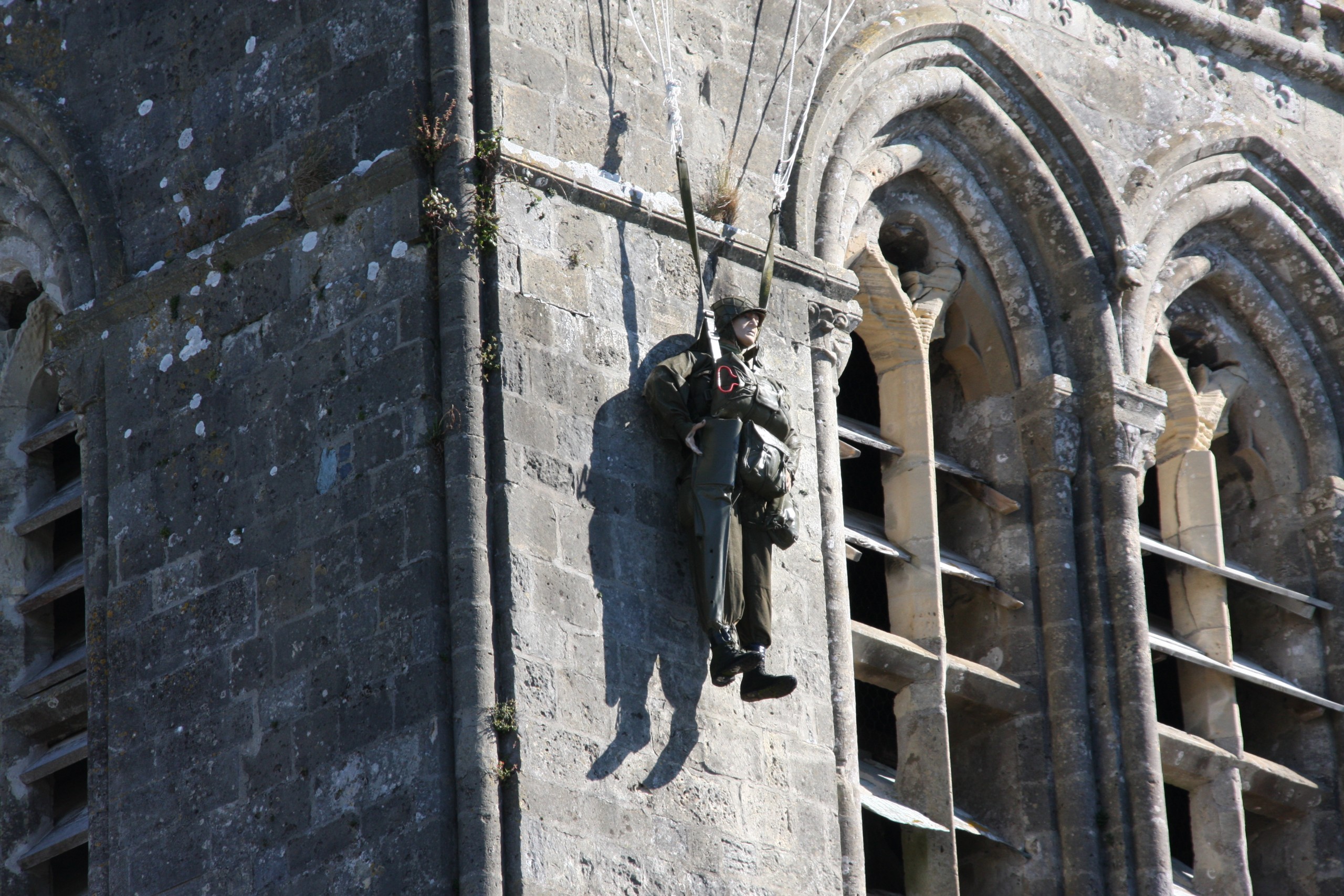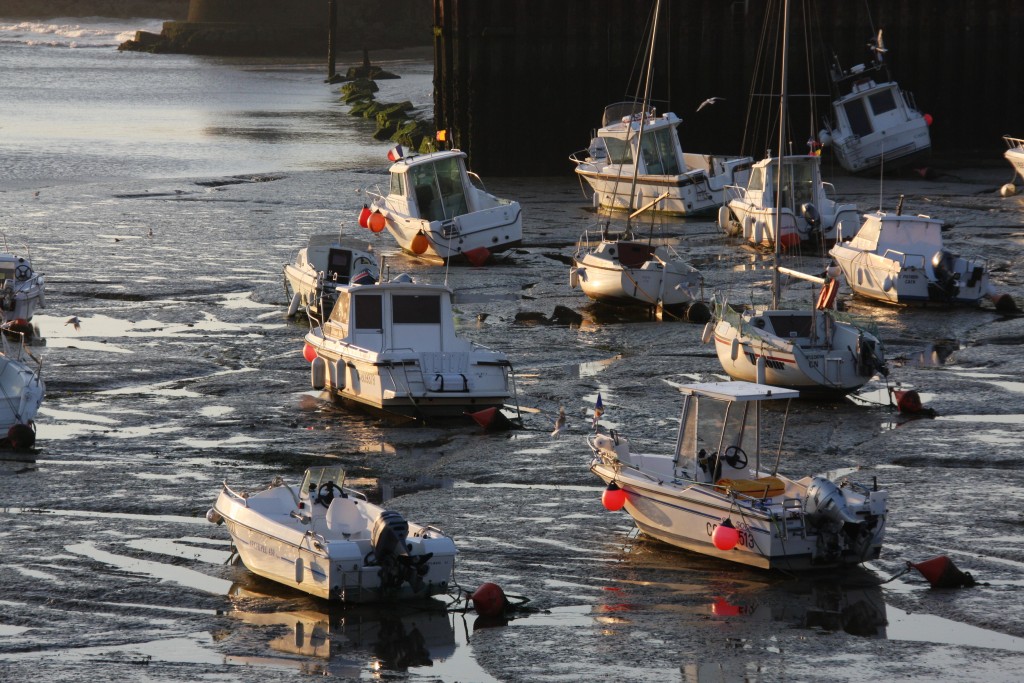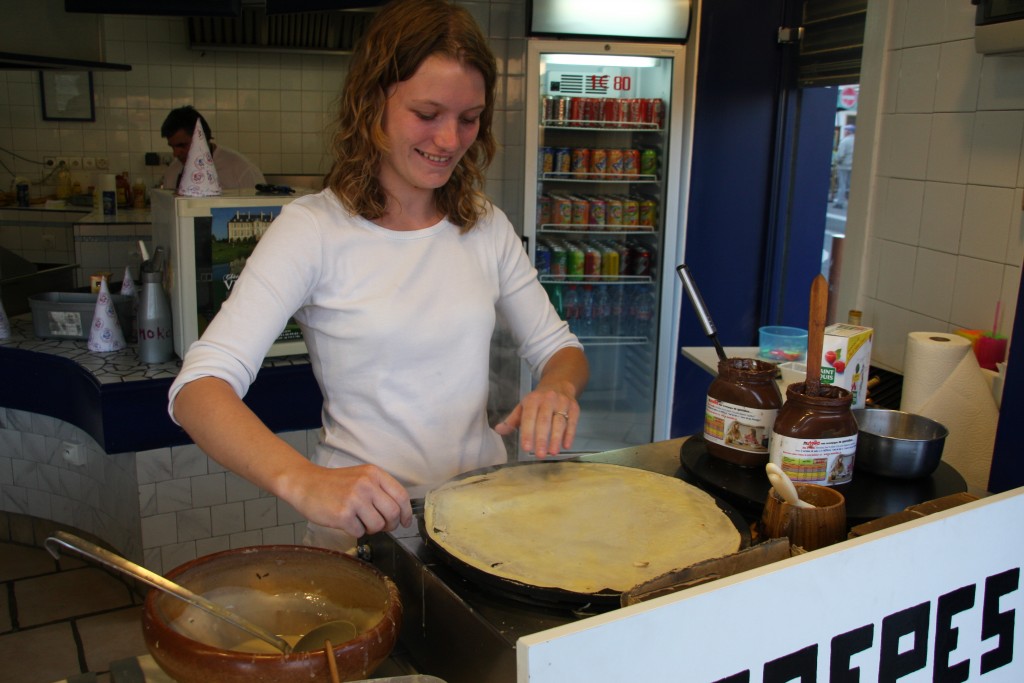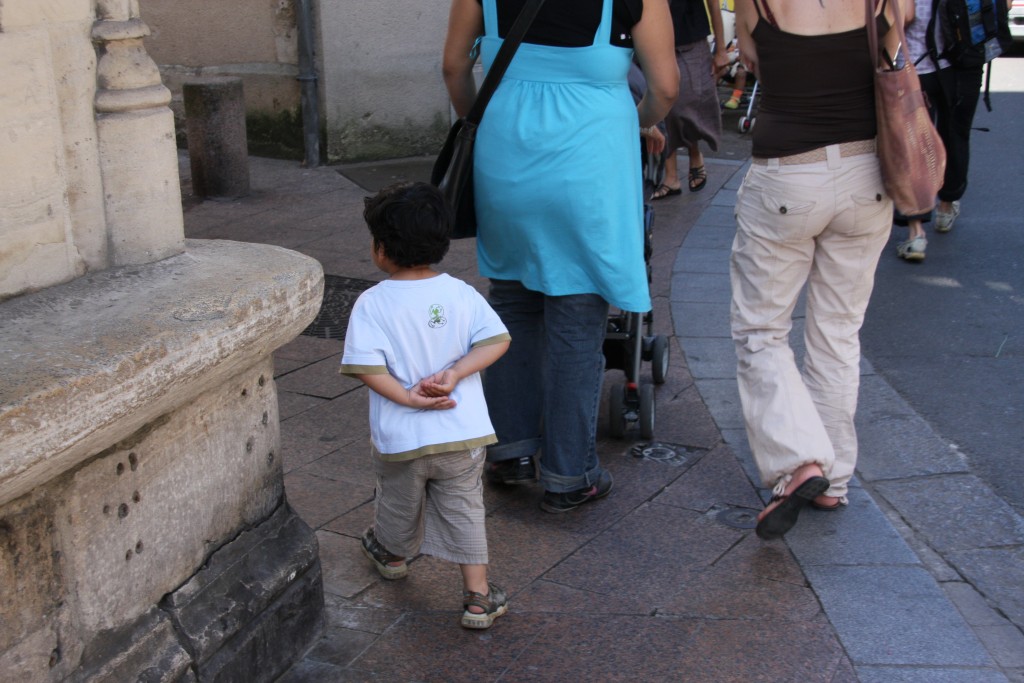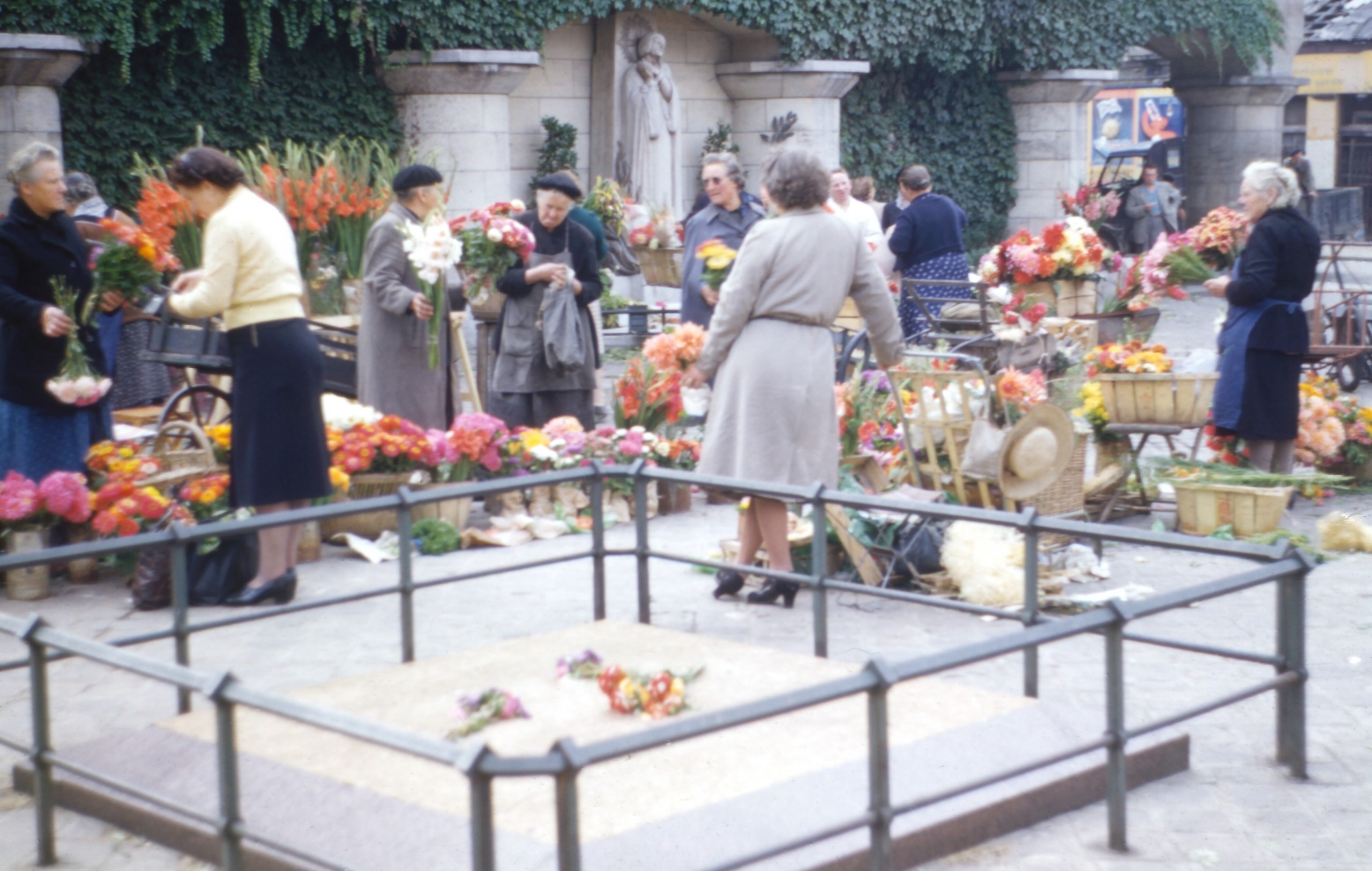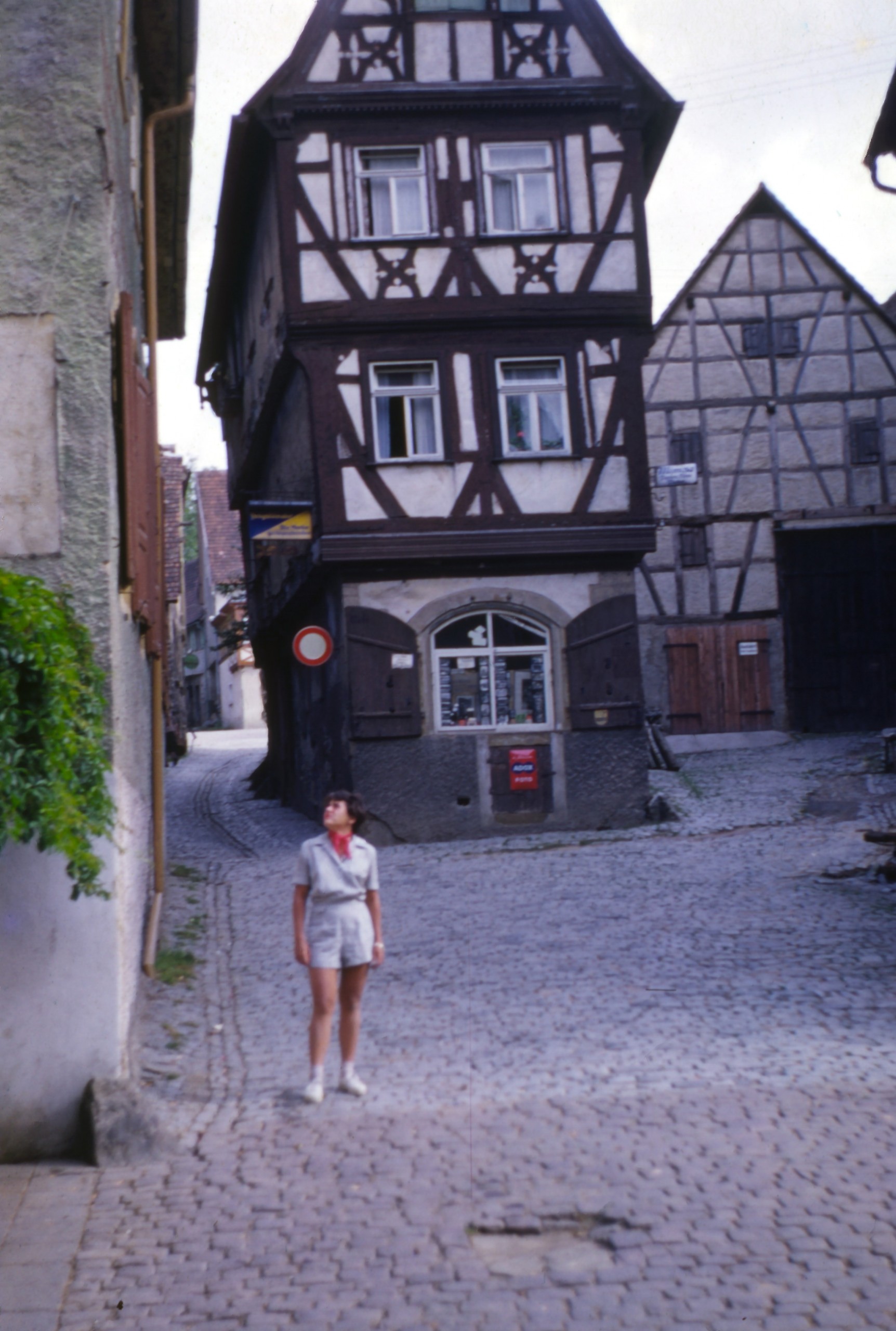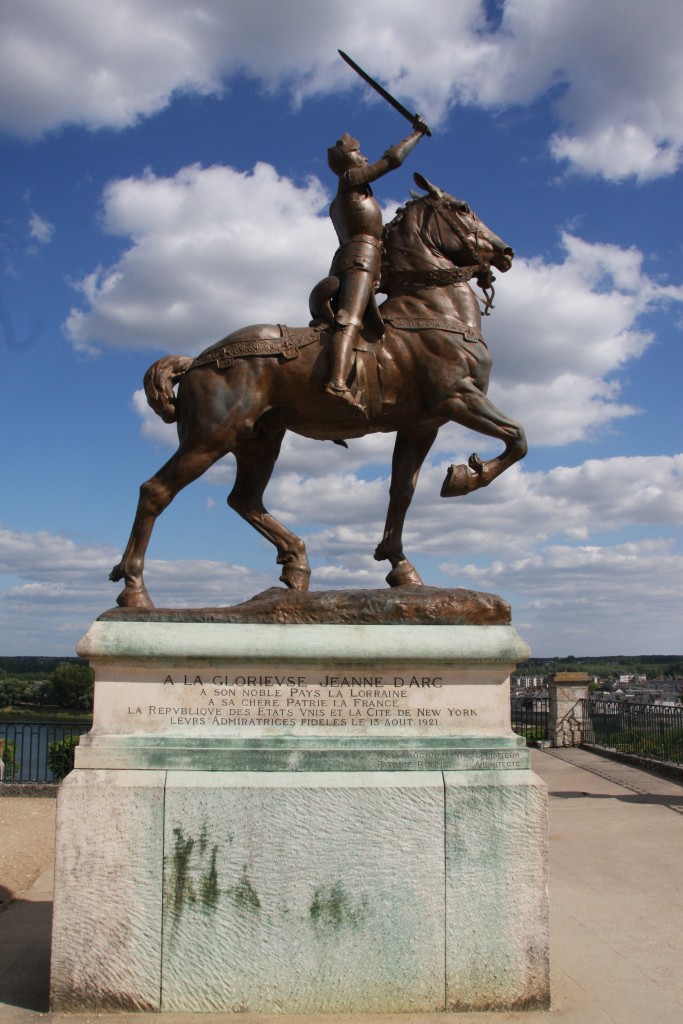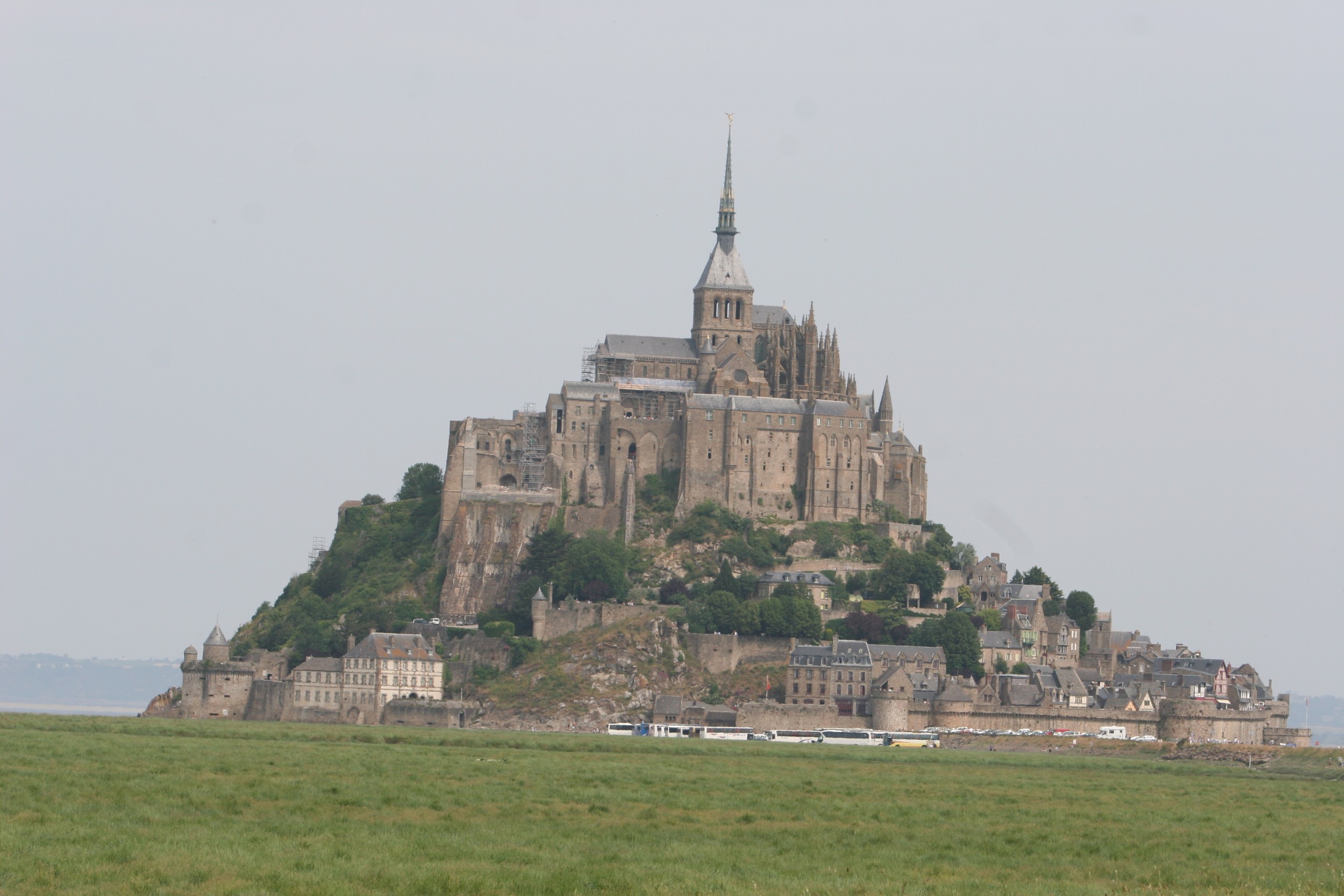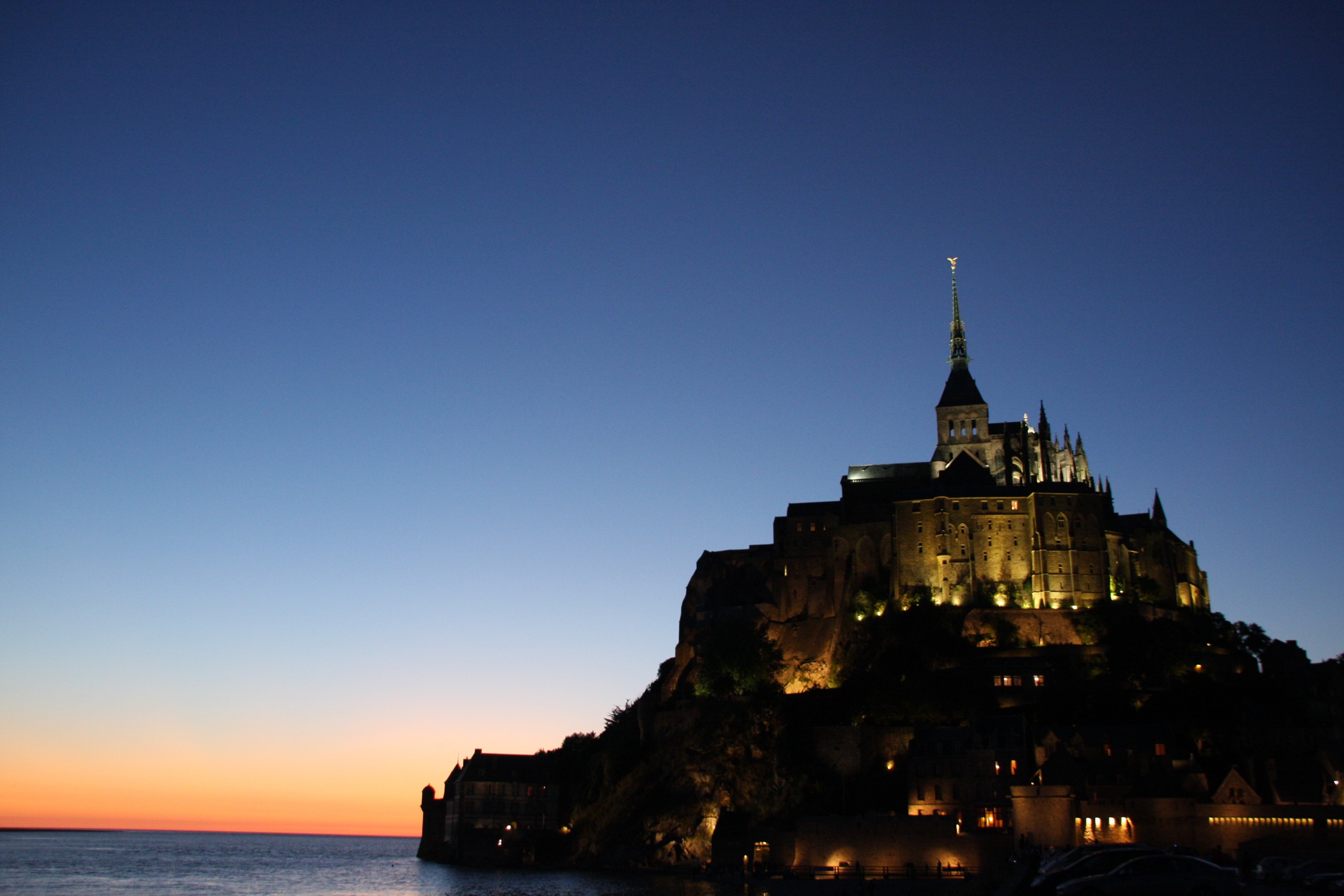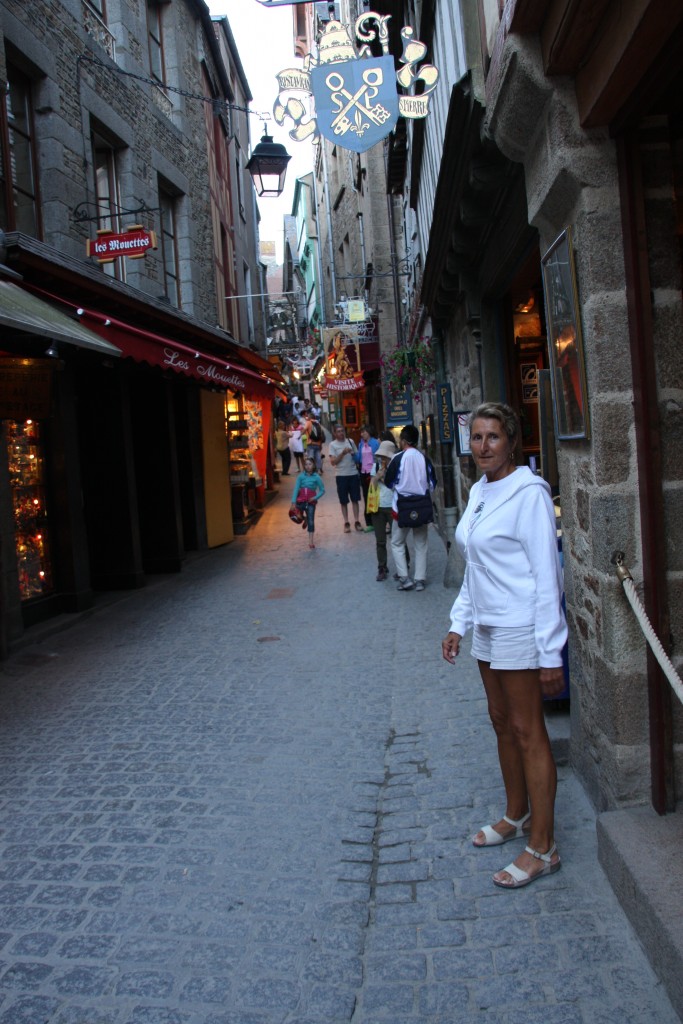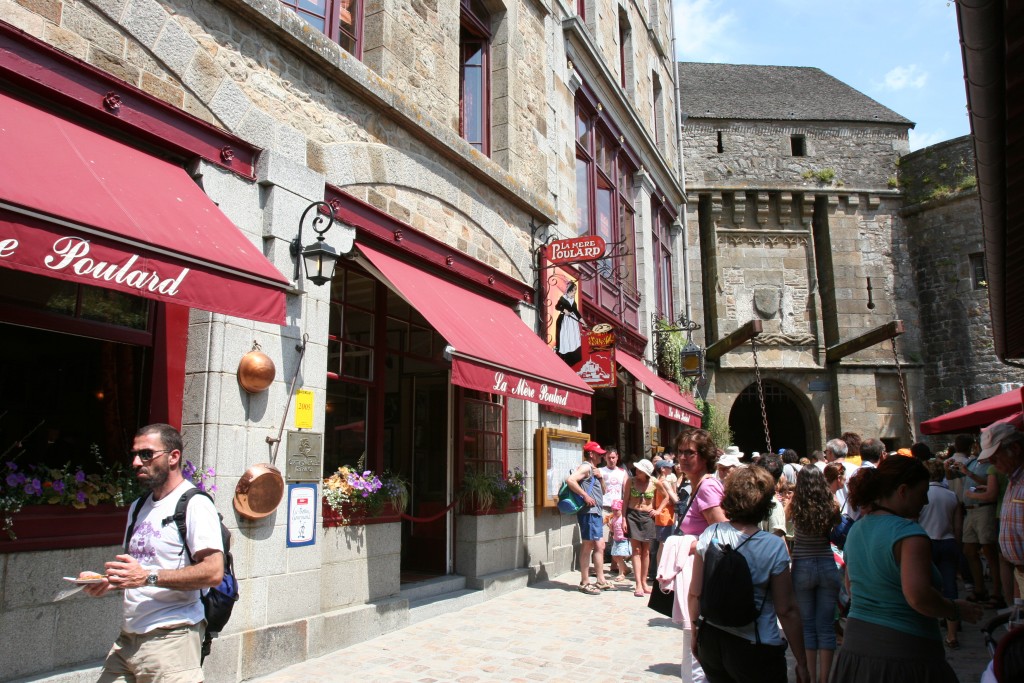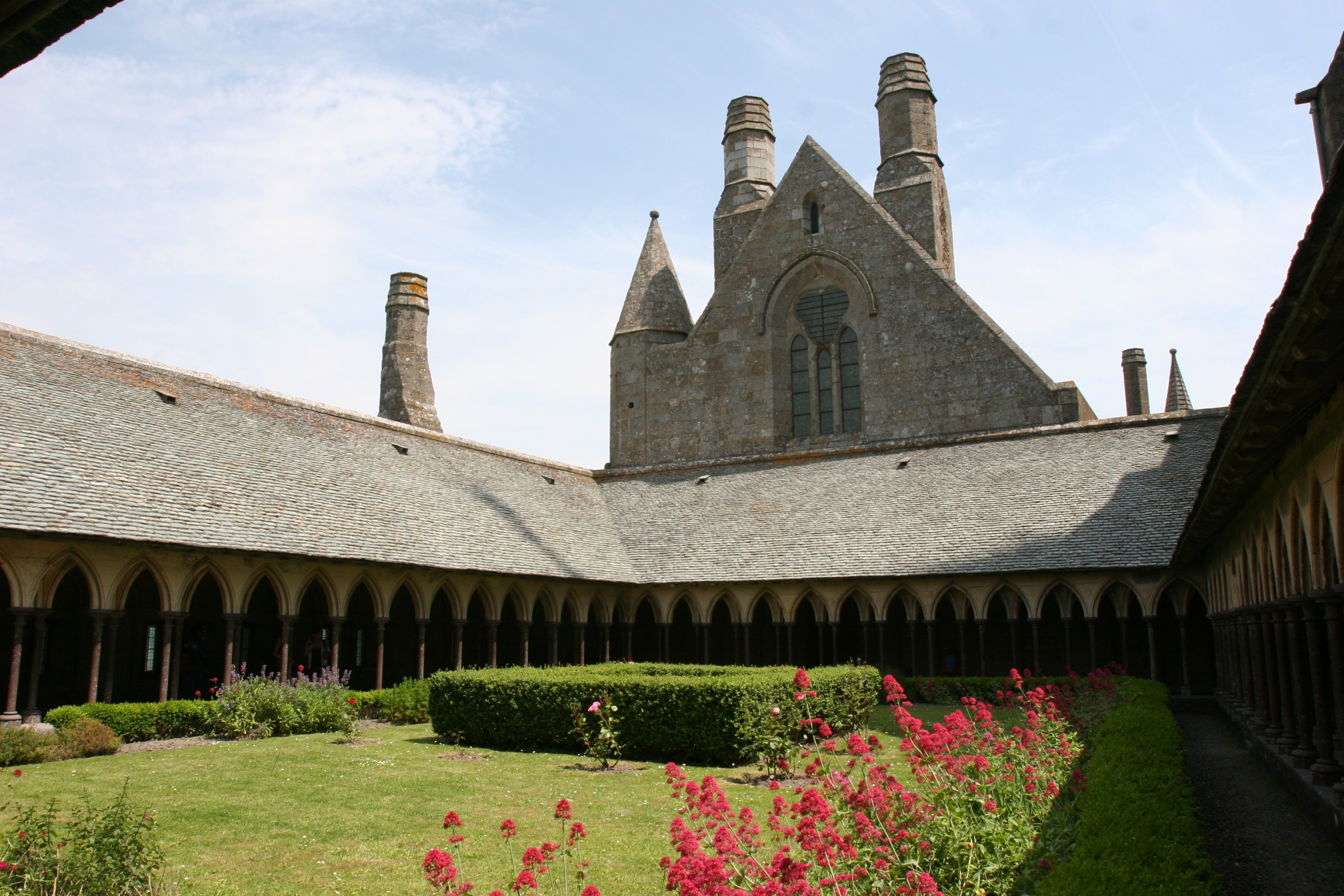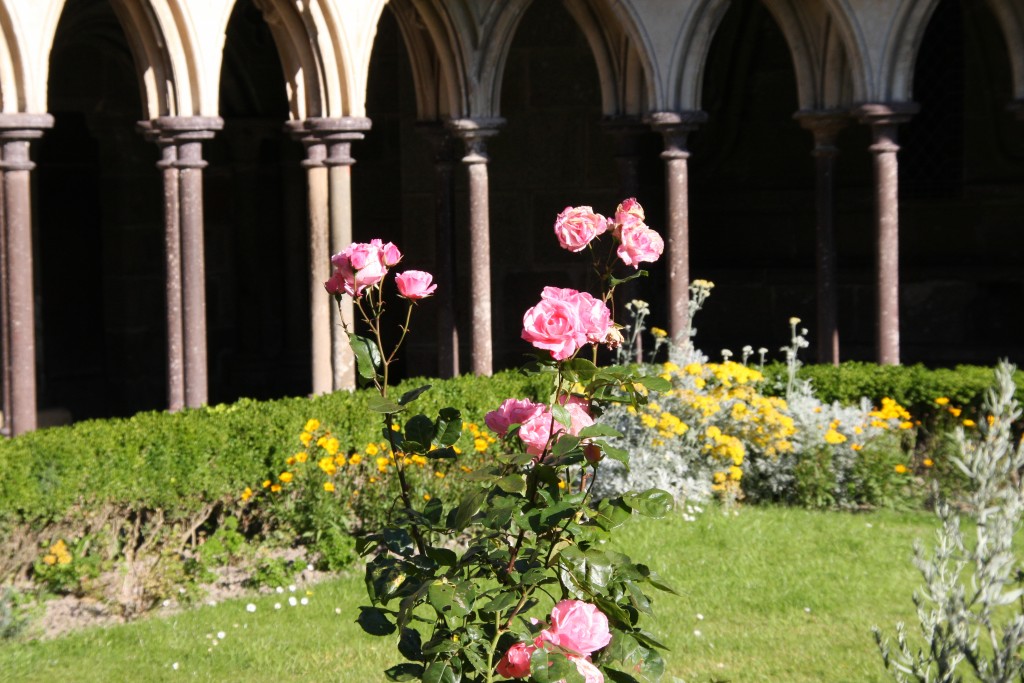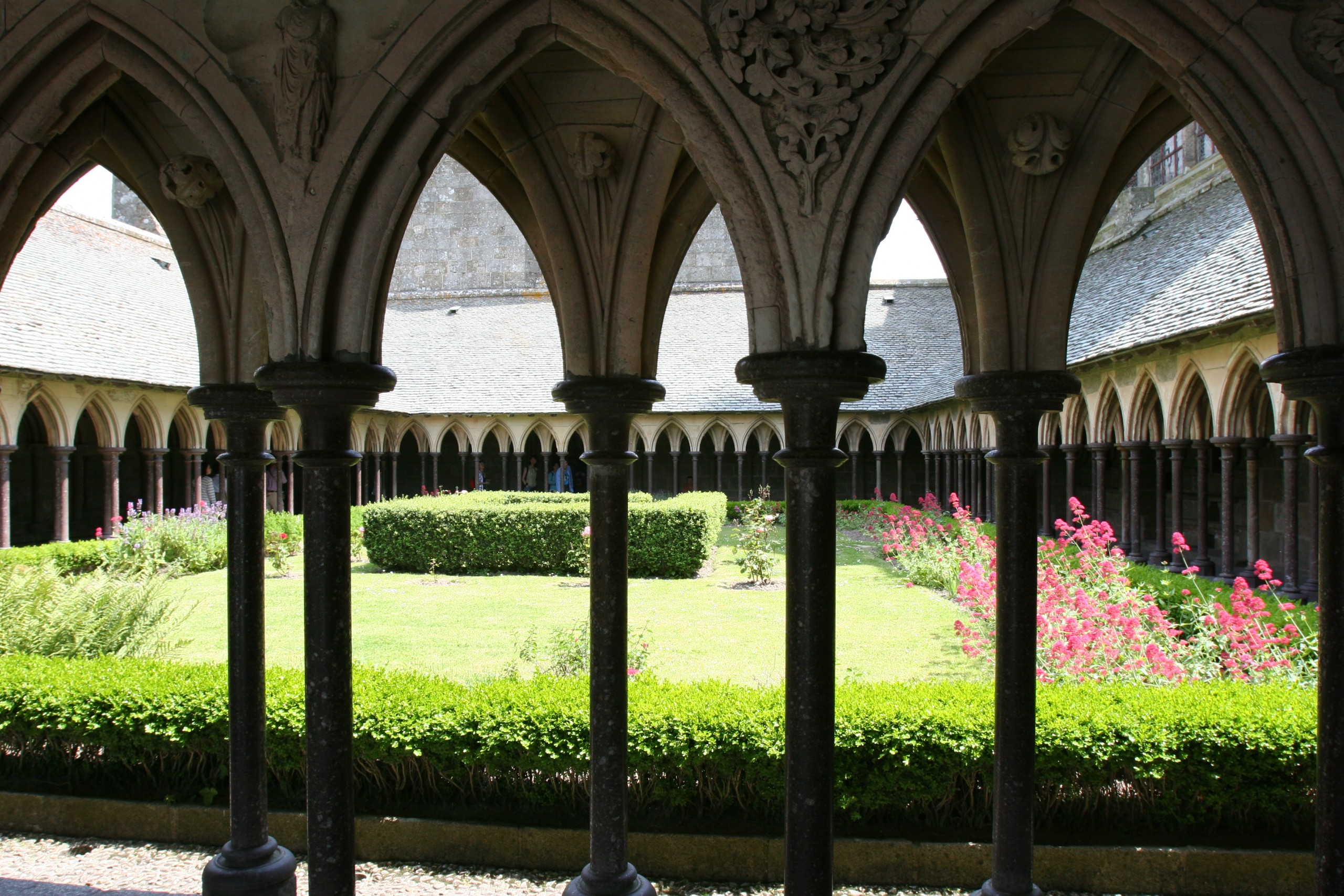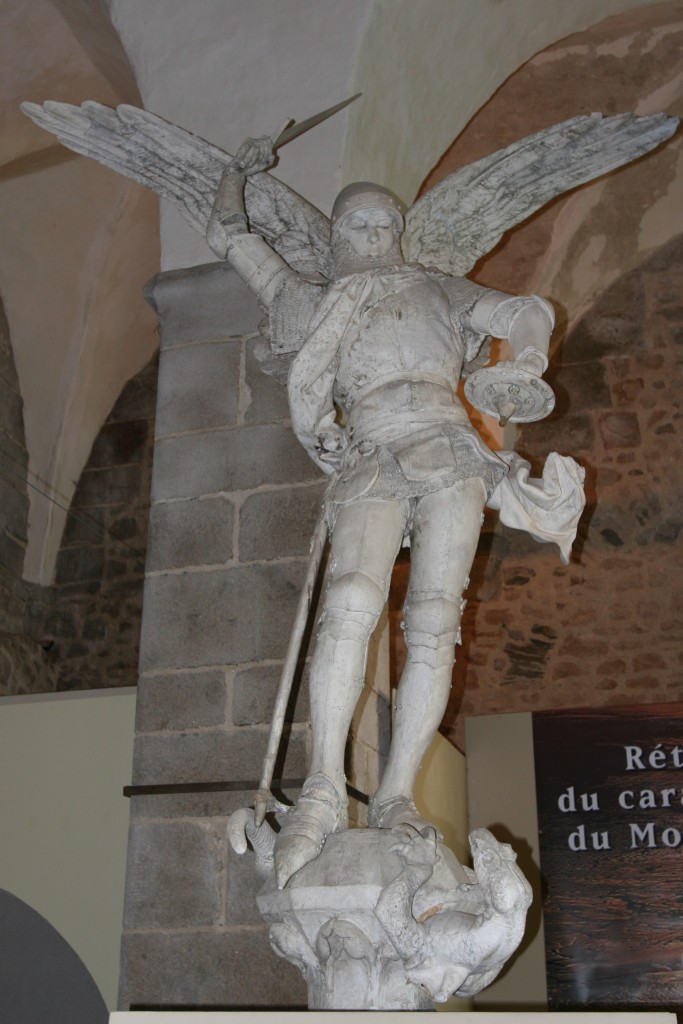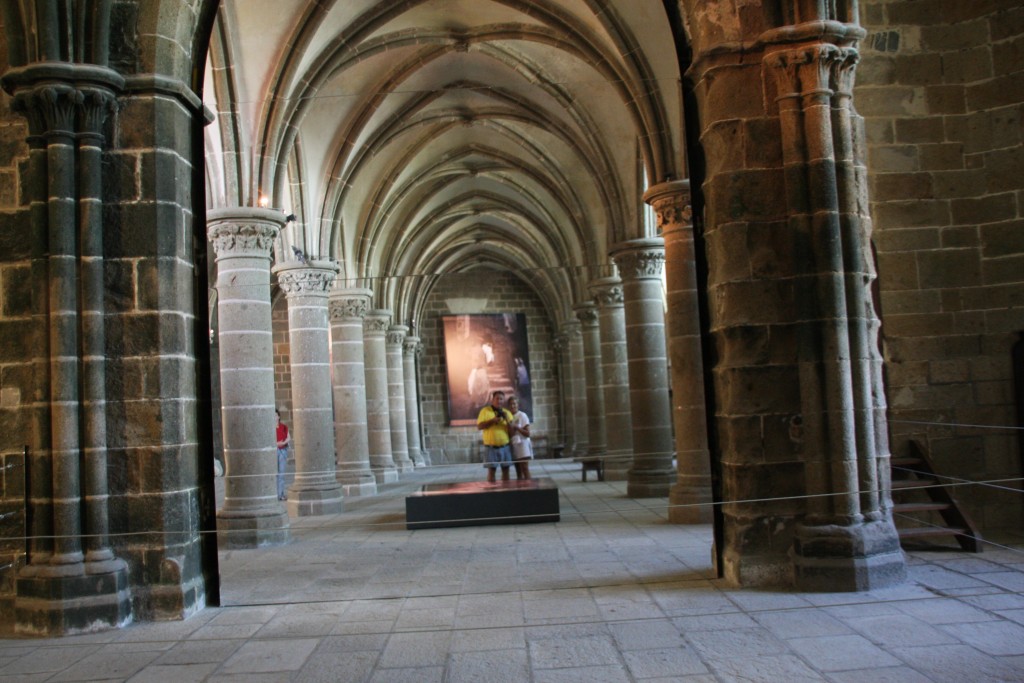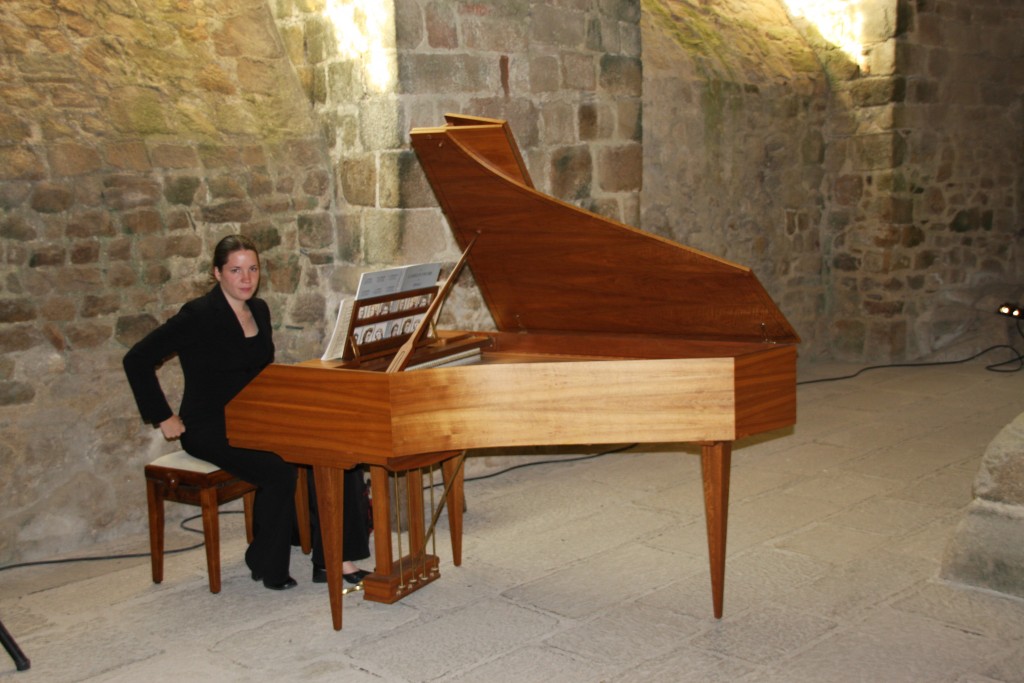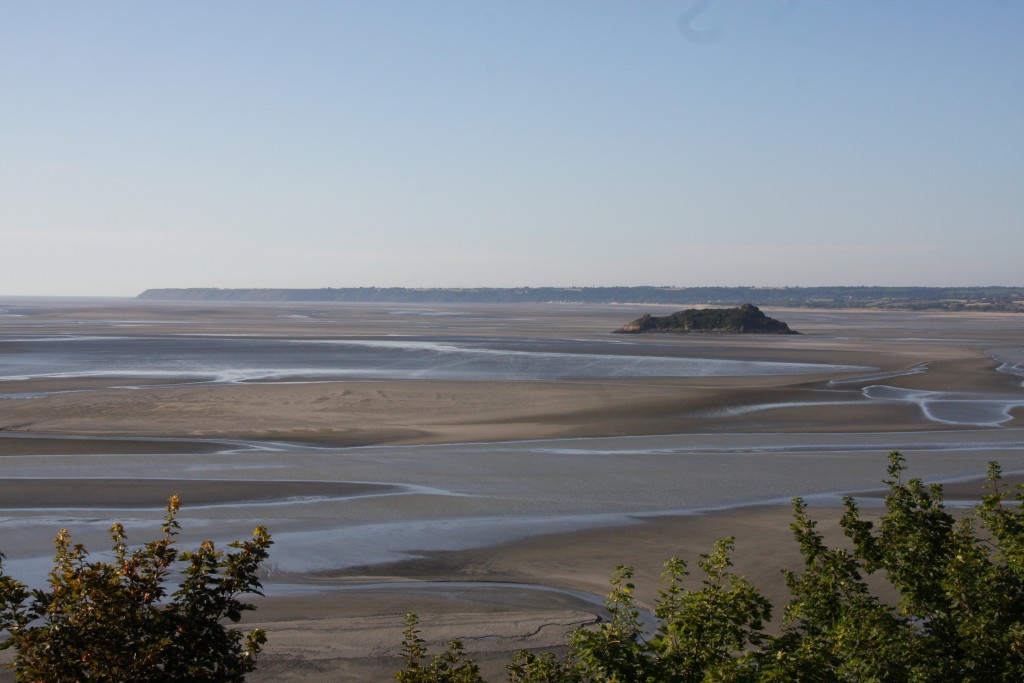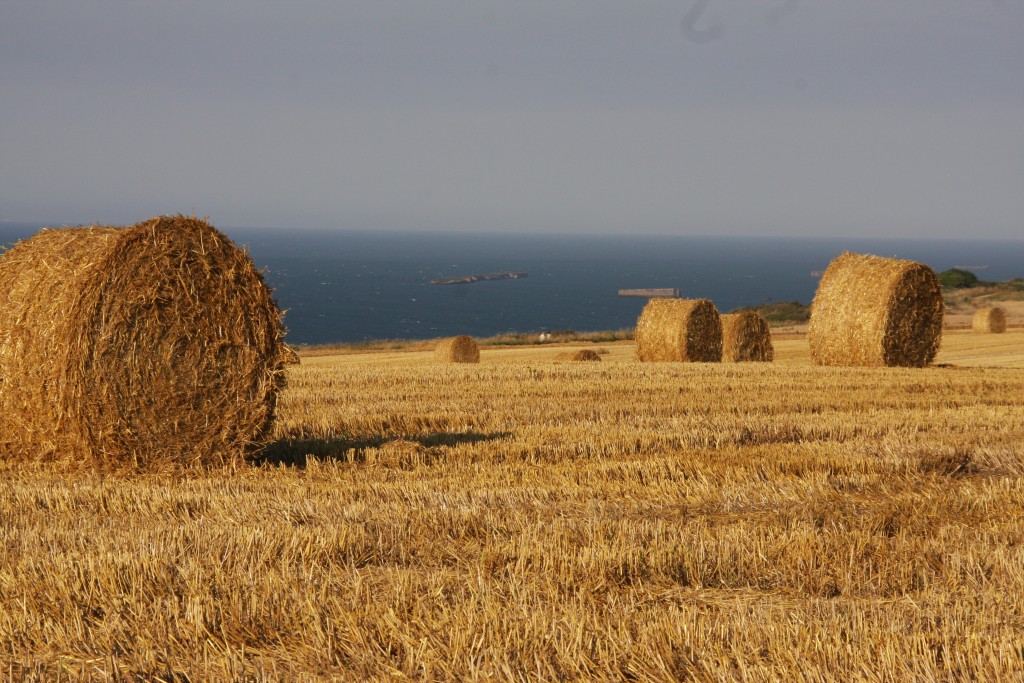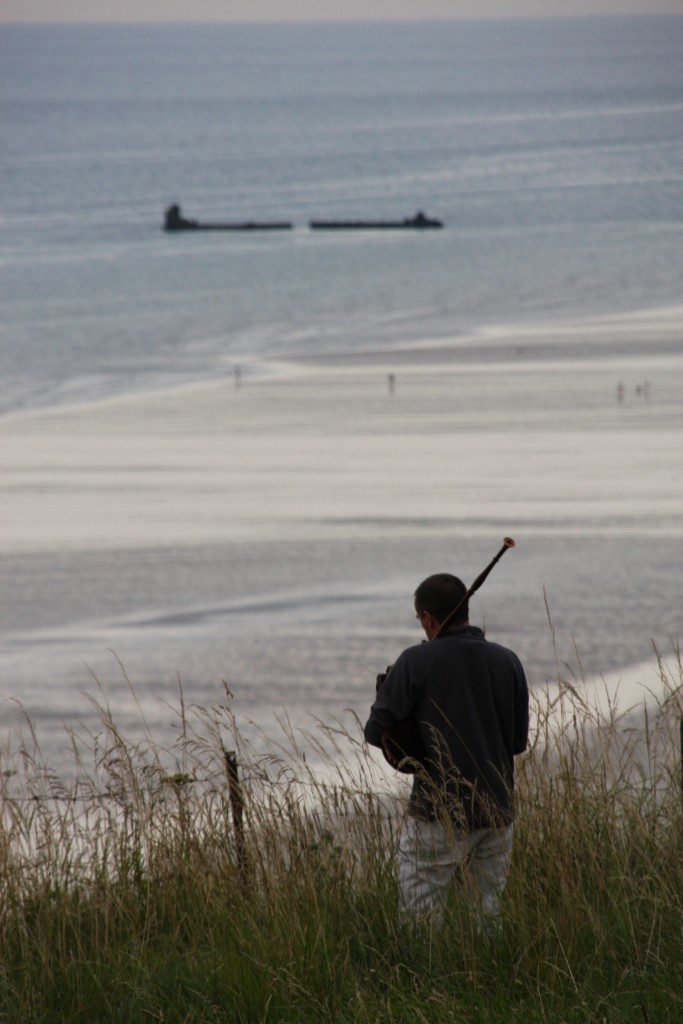The coast of Normandy is a two and half-hour train ride from Paris. There are a number of car rental agencies around the Caen train station. You will need to take a tour or rent a car to see Normandy.
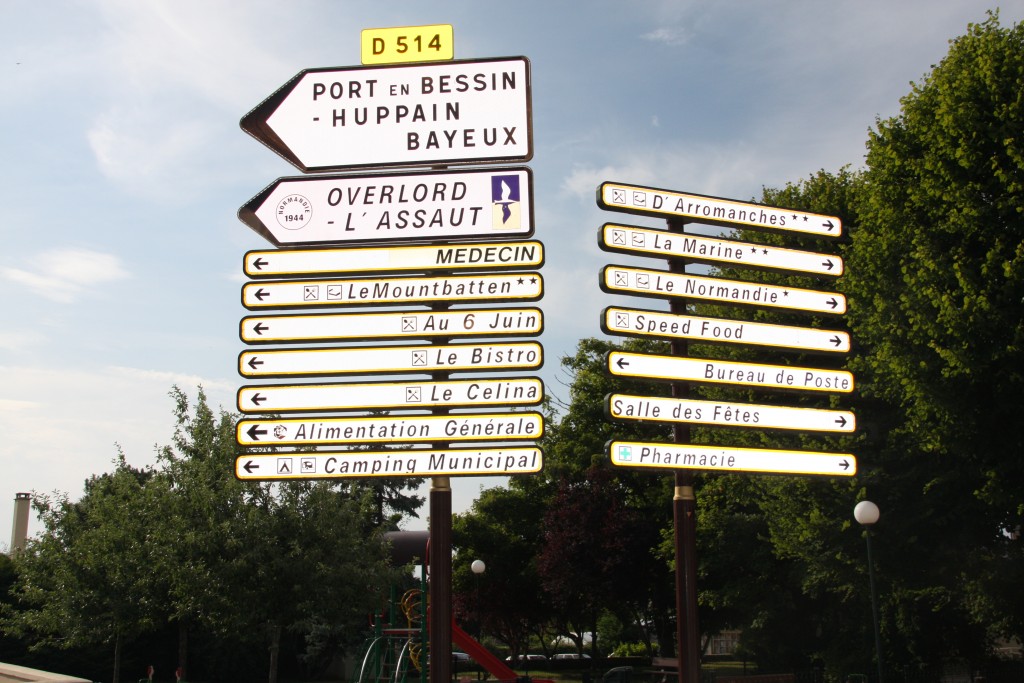
This region became famous for the allied invasion on June 6th, 1944. It was the largest seaborne invasion in history. In less than a year, the war with Nazi Germany would be over.
We stayed for three days in July of 2008 in Arromanches. Mulberry Port vestiges can still be seen. These barges were used to transport supplies and materials off thousands of ships.
Arromanches is quaint village with a number of good restaurants. I particularly fell in love with “Moules a la Normandy” made with “creme fraiche” and onions.
We stayed in this well-operated pension. We had the loft and every once in a while, the church bells would go off. You just had to be careful about the slanting roof and not bumping your head. We did see one morning a large truck maneuvering a narrow street. These trucks are designed to literally squeeze through.
All through the coast of Normandy are memorials and reminders about this great invasion.
We did make a quick stop at the World Peace Statue. It was impossible to miss.
Indeed, one of the highlights was seeing the American cemetery at Colleville-sur-Mer.
There is one sign I will never forget:
Over 9,000 American soldiers are buried at this cemetery who fought and died in the Normandy region.
A small museum is on site. It is worthy of a visit.
We did find the crosses of the Roosevelts. Quentin Roosevelt who died in WWI, is buried by his brother, Brigadier General Theodore Roosevelt Jr. The latter Roosevelt died from a heart attack on July 12th, 1944.
Coming to the cemetery in 2008 with my wife, and with a student group in 2006, brought closure for me to my dad’s involvement in those times. He landed in Normandy with the 83rd Thunderbolt Division on June 18th. He fought in Normandy, Belgium and Germany before being wounded on December 16th, 1944, the start of the Battle of the Bulge.
Visiting the 100-foot cliffs of Pointe du Hoc was extremely interesting. Many of the bunkers and craters are still visible. Over 200 Army Rangers were trained to climb up the cliff to take this position. Luckily, the area was not well armed. Even so, 77 Americans did die taking this position.
In 2006, as we were about to leave Pointe du Hoc, a French fighter jet passed overhead. It made the moment surreal to say the least.
Kathie and I did stop at the Batterie de Longues-sur-Mer. These huge German battery installations were built to stop the Allied attack. Seeing these batteries made D-Day real.
We have friends, Lee and Mabel Carroll, who visited Normandy for the 60th Anniversary of D-Day. They shared these two pictures with us:
We did enjoy our visit into a small village of Sainte-Mere-Eglise. This was the first town liberated in Normandy.
The church became famous for an incident when John Steele of the 82nd Division parachute caught the spire of the church. He played dead for two hours before being cut down by a fellow soldier. John was later captured, but escaped. He actually made it to the end of the war. The movie, The Longest Day, portrays John Steele by the actor Red Buttons.
There is a Parachute Memorial in Sainte-Mere-Eglise church. A soldier mannequin hangs from the spire where the John Steele incident took place.
There is also a beautiful stained-glass window of American paratroopers in the church.
Along the way, we did stop in Port-En-Bessin. We were witness to their famous tides.
In Port-En-Bessen we treated ourselves to an authentic made crepe.
We did spend a half of a day visiting the city of Bayeux. It is here where the famous tapestry is located. We were amazed how narrow (20inches) and how long (230 feet) this tapestry is. It basically tells the story of the Norman conquest of England. There were also provocative scenes that no child should see! Pictures were not allowed.
Another Normandy town to visit is Rouen. This is where Joan of Arc was put to death by fire. My parents visited Rouen in 1953. There is a memorial to Joan of Arc’s death.
Without a doubt, you should not miss Mont-Saint-Michel. This tidal island is part of the World Heritage Sites. Founded by an Irish hermit, the Mont was used back in the sixth century AD. There are only 30 actual residents, but over two millions tourist yearly.
With a student group in 2006 and with Kathie in 2008, we were able to explore this famous island that is literally only a half mile long. Rick Steves, the American travel writer, recommends staying in the town close by, La Caserne.
In 2008 we booked a room right on Mont-Saint-Michel. We booked nearly a year in advance. The experience was awesome.
In the day time the Mont is crowded. You will not get any privacy in your “room.”
At the top of Mont St. Michelle is a church. You can actually have Holy Communion as church services still go on.
It is at night when everyone goes home, that the Mont is yours to explore. A museum was open late and we were treated in areas with few tourists.
What was rather surreal about the museum was the music that was playing. We found the source of the music:
Going to the roof-top patio, we were able to see Mont-Saint-Michel’s famous tidal bore. Tides in the bay range around 46-foot differences. People are warned about the tidal flow and not to get caught when the tide comes in—people have died.

